Black Massachusetts
Coven at The SinclairCoven flashes the sign of the horns at The Sinclair on Sunday, 26 November 2023.
Lucifer and Early Moods sandwich the satanic bill.
Who gets credit for the “sign of the horns?”
You know, the hand gesture favored by devil-worshiping metal heads?
The gesture comes with a fraught and contested provenance. Let’s set aside the fact that we’ll never get to the bottom of the story because pop culture unfolds along a million channels concurrently.
Pop culture moves like a school of fish. Even if you could pick out which fish turned to the left first before the rest of the school turned, you would be no closer to drawing a convincing line of causal connection between the two. Because the reason the school of fish turned is in the water – a predator, a wonky shadow, an infinitesimal temperature shift – it’s not in the individual fish.
That being said, Coven claims to have originated the sign of the horns. Most of the internet disagrees with them, crediting Ronnie James Dio (Black Sabbath) instead.
“He claimed his Italian grandmother used it to ward off the evil eye.”
No overwhelming evidence is offered for tapping him as the progenitor. It’s just one of those collective beliefs that has attained a sheen of obviousness and inevitability over the years.
But there are other histories of the sign. In a NME article from 2021, Black Sabbath bandmate Geezer Butler claimed that he introduced Ronnie to the sign.
But who introduced the sign to Butler? These questions are endless. Some in the Coven camp say that the band was the first to flash the gesture in a musical/satanic context. Sure enough, there’s a 1969 album cover for Coven’s Witchcraft Destroys Minds & Reaps Souls that includes the gesture and predates most of the other timelines.
Doesn’t predate cartoon John Lennon on the Yellow Submarine cover though. The album was recorded in 1966 and the animated art was completed by 1968 at the latest…
Early Moods
Early MoodsLos Angeles’ Early Moods were the early mood setters, pumping up the modest early crowd. Serial headbanging assaults. The opening act for any type of show has the same responsibility: warm up the room. Heavy metal has it easier than other genres insofar as it always has the headbanging ritual as the universal icebreaker.
The five-piece, anchored by a charismatic frontman with a Sphere-sized afro, played up the Big 70s Rawk vibe of dark metal. Leather frills and guitar fills ‘til the cowls come home.
Harvard Square isn’t your normal destination for heavy metal. The Middle East in Central Square puts on more of these types of shows. But maybe the Satanic Panic tour, with a transcontinental lineup, and a legacy act like Coven needed fresher digs.
Would the metal heads travel the extra stop on the T? Would the T even be operational?
Coven
See above for a brief and inconsequential history of the sign of the horns. The supporting cast flashed the gesture more than the original Coven member and lead vocalist Esther “Jinx” Dawson. But she had bigger fish to fry, playing the starring role in stagecraft that played up the vaudeville aspects of pop satanism.
Esther "Jinx" DawsonLet’s start at the start…
After the opening set concluded, two roadies wheeled a bulky “human-sized” box on stage. They carefully rotated and raised the box so that it stood stage center, draped with a black velvet cloth.
If it seems obvious to you that this box contained a human being, consider that the break between sets lasted at least twenty minutes. If you haven’t spent a lot of time trapped in small, cramped, pitch black, airless spaces (hope you haven’t!), twenty minutes is a long time.
Add to that another ten minutes as the majority of the band slowly and surely fell into place, black cowls and all, during the extended occult-themed AV-assault of the pre taped introduction.
Total it up to thirty minutes before the supporting cast surrounded the box, removed the velvet drape, and released the beast within: none other than Jinx Dawson. Or so you had to assume – because there was at least one more layer in the presentation: a sequined mask, a little Eyes Wide Shut meets Dia de los Muertos.
Enough of what it looked like – what did it sound like?
Surprisingly funky. The bass player had that four-string wagging. Black magic or not, the Chicago-originated Coven was just another rock band finding its way at the end of the 1960s. If they were getting into the occult thing, that was just another gonzo trip among many for the Flower Power generation. Dig it.
Lucifer
LuciferIf Coven repped the 60s, and Early Moods the 70s, then Lucifer brought the 80s. The five-piece offered more of Formal Satanism that artists like Judas Priest and Ozzy Osbourne used to push back against the corporate conformism during the Thatcher and Reagan years, selling a few records and making a tidy profit while they’re at it. Longer guitar solos, blonder fronters, more acidic snares, commodified occultism. Don’t tell Stryper.
Photo Gallery



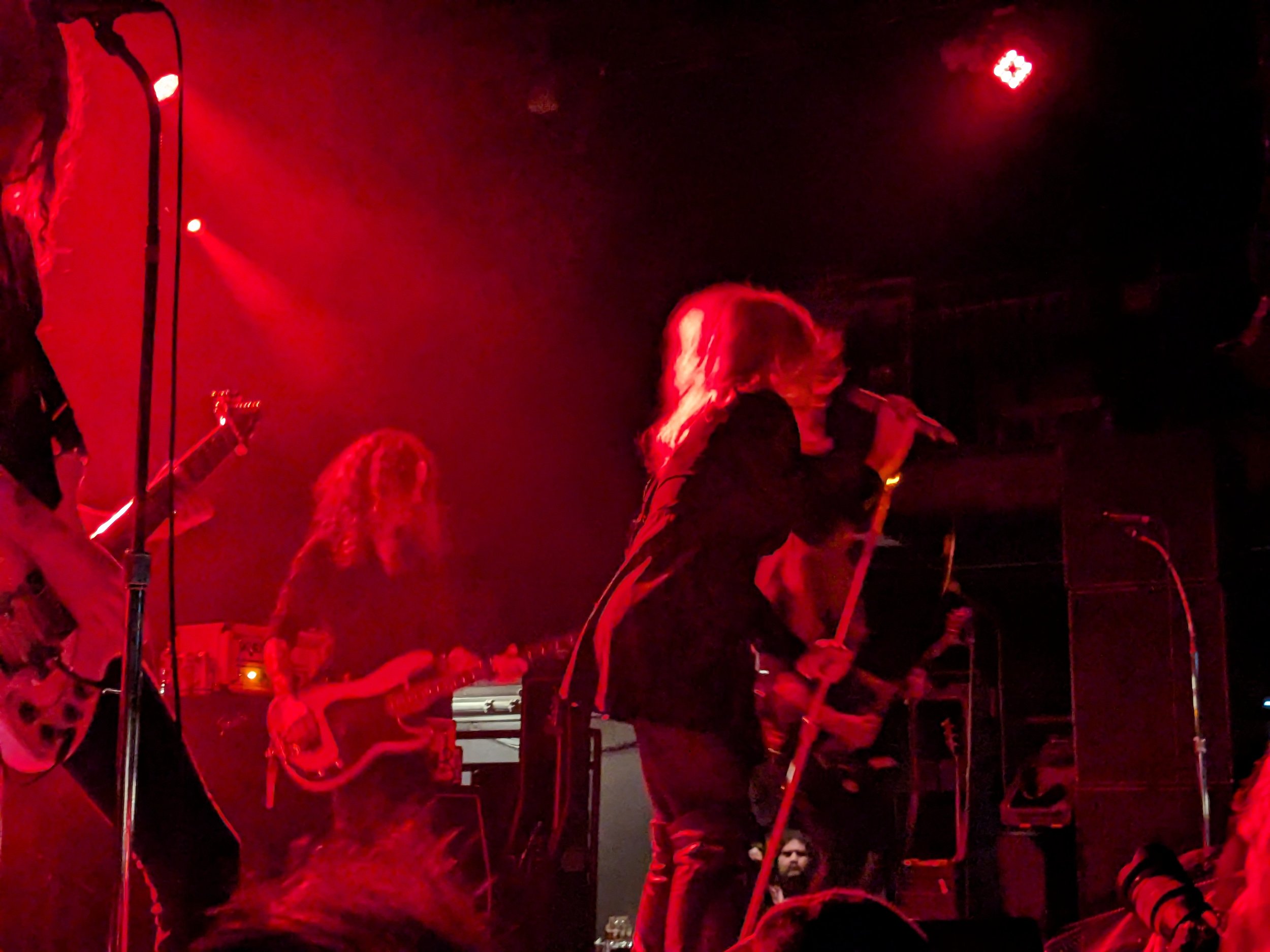
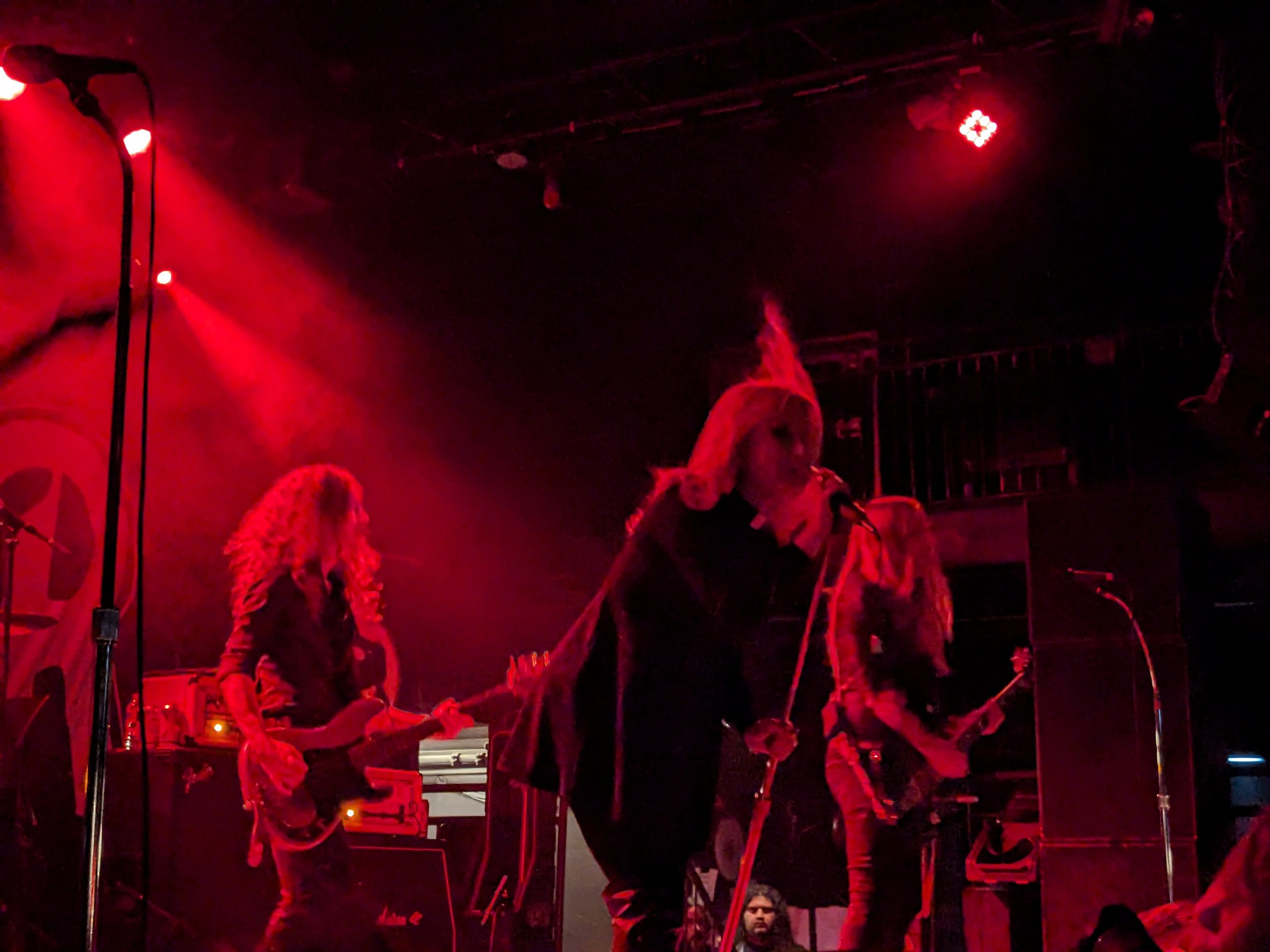
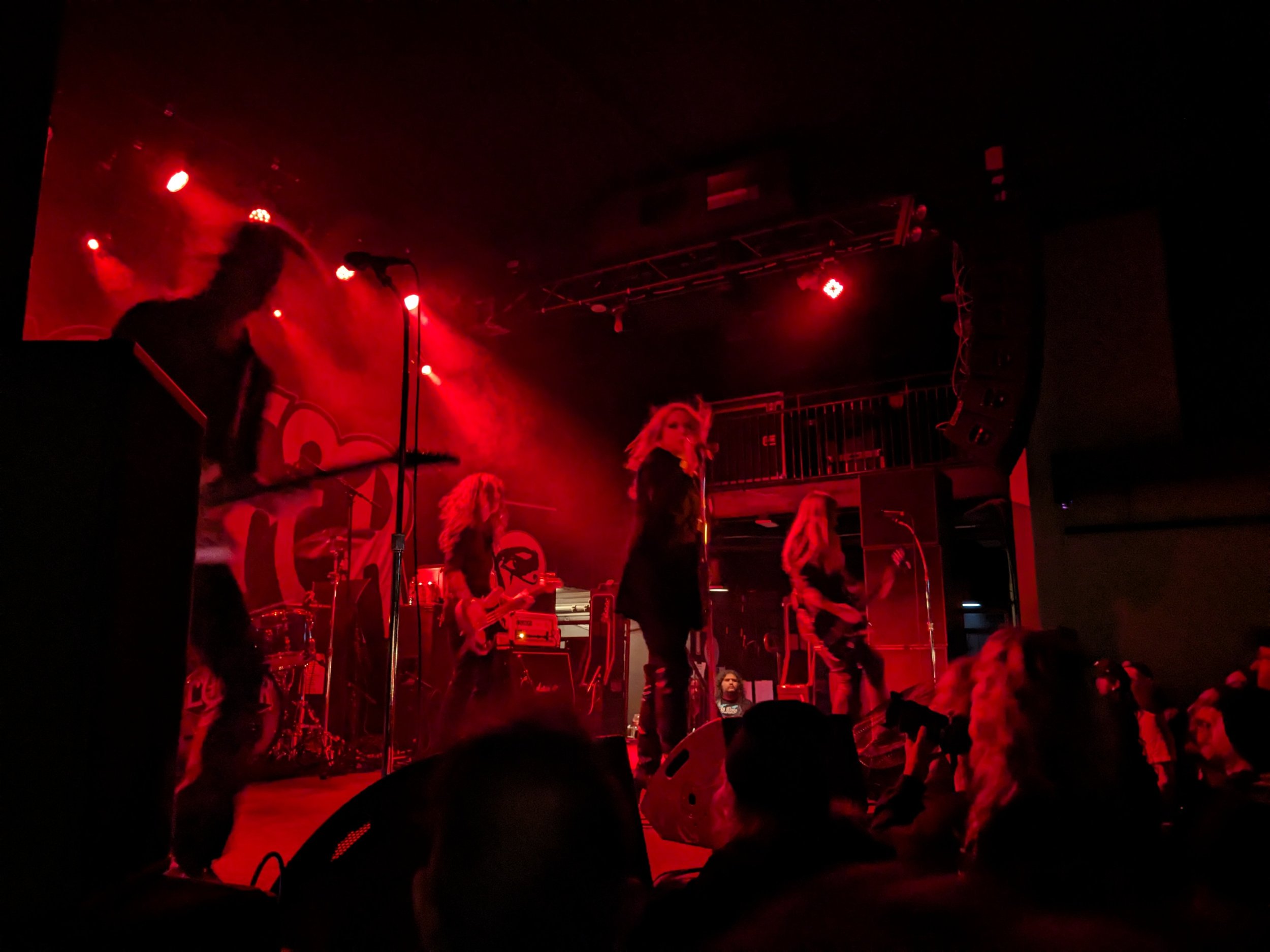
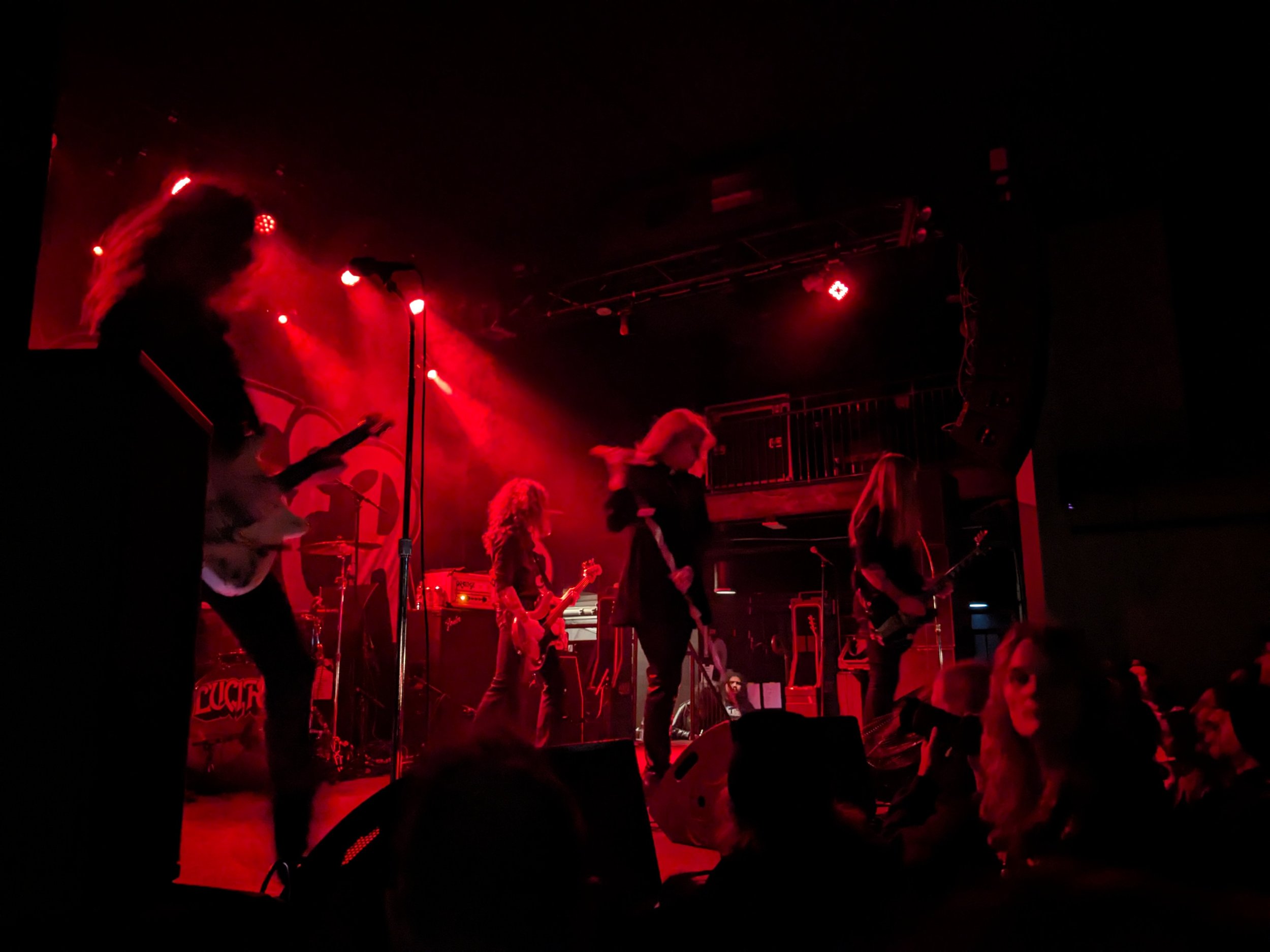


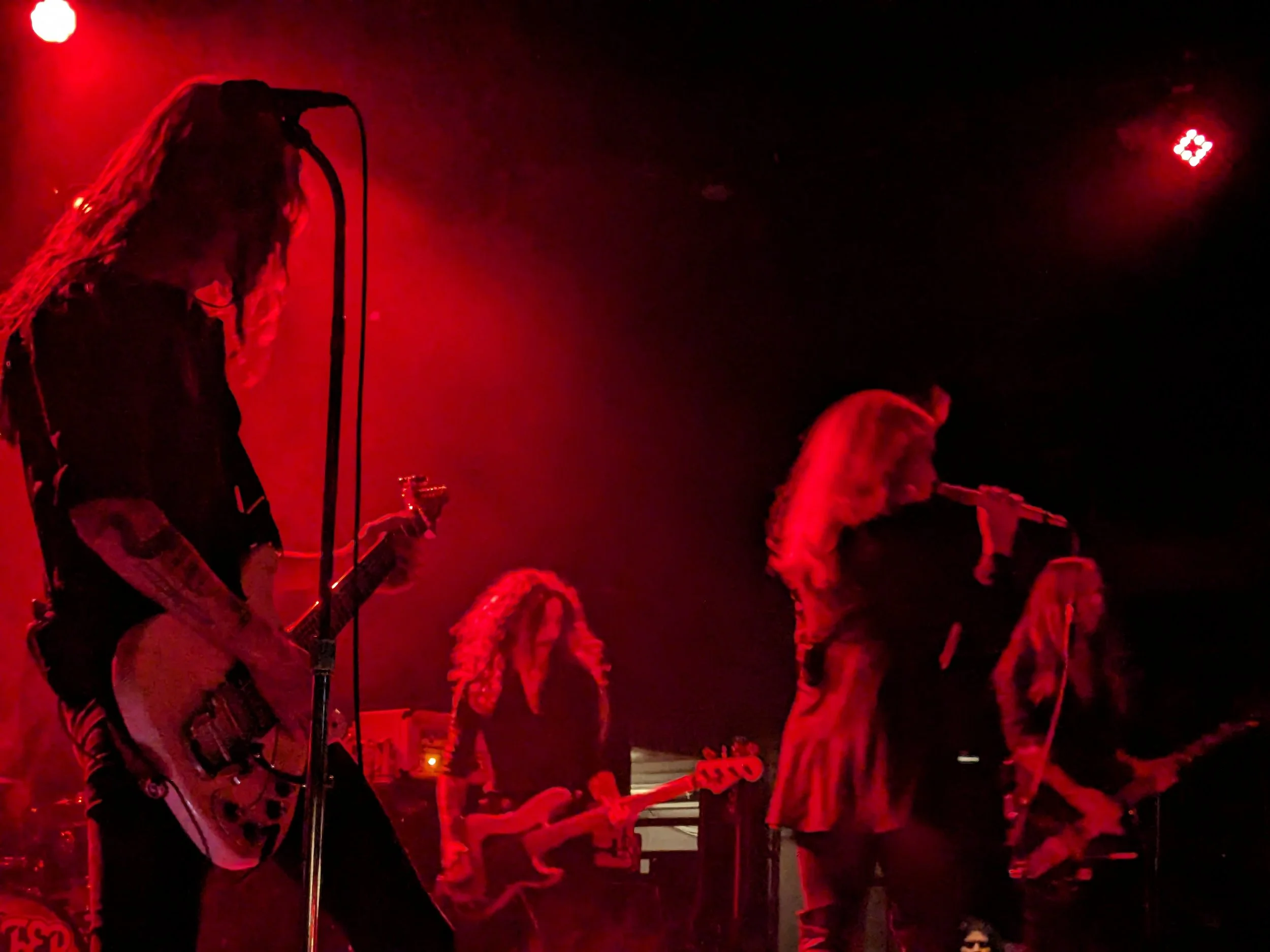
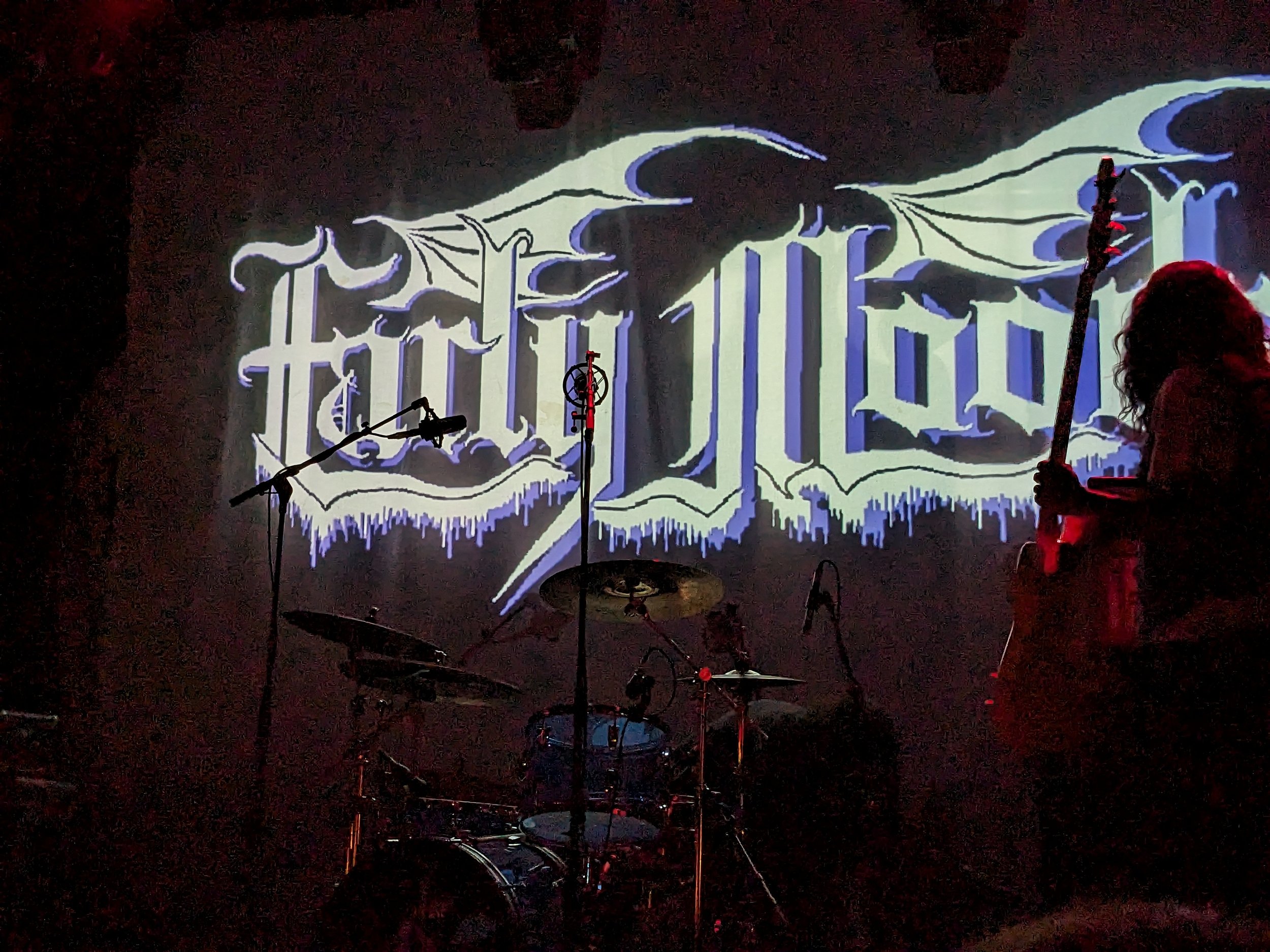
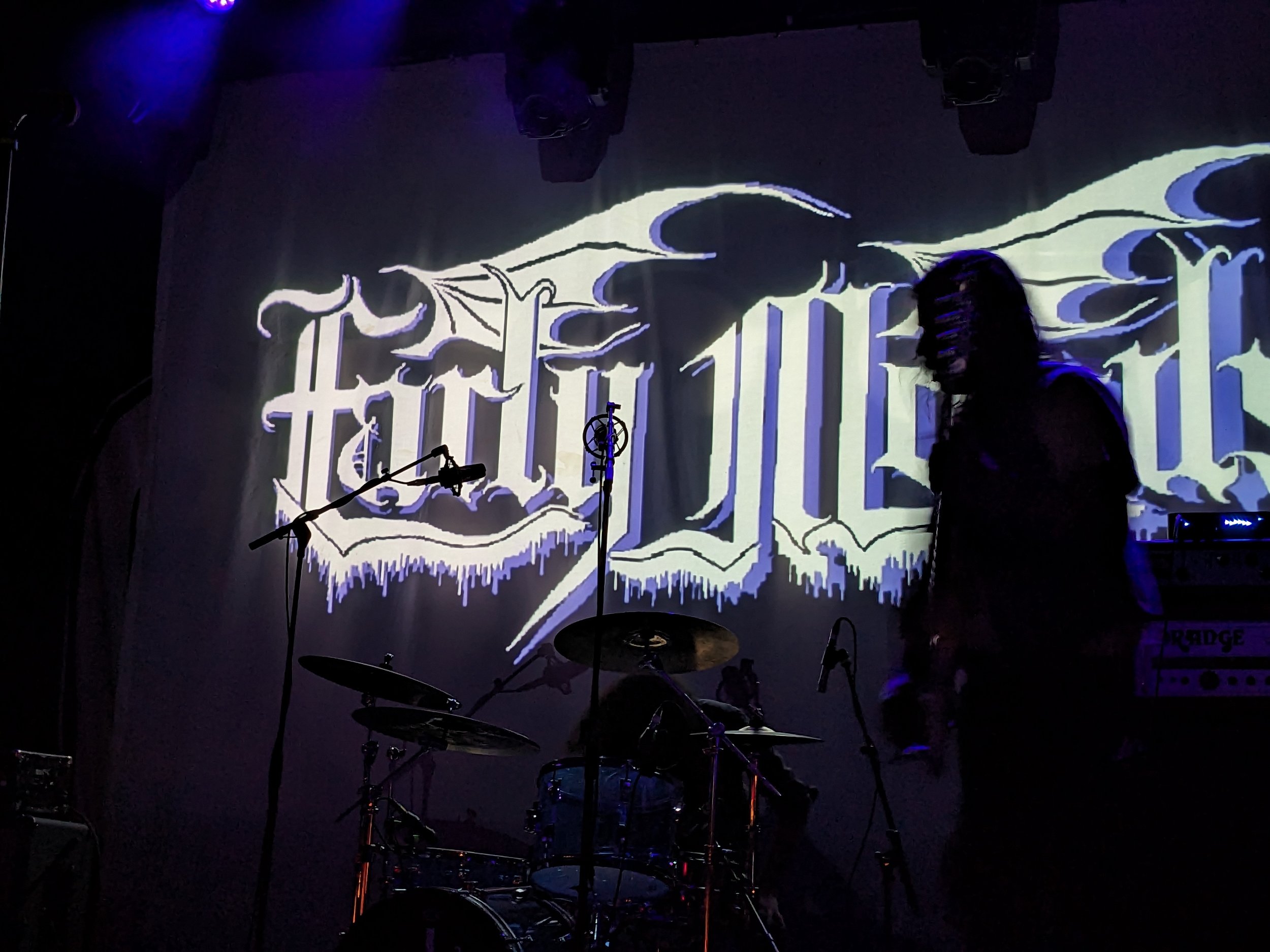
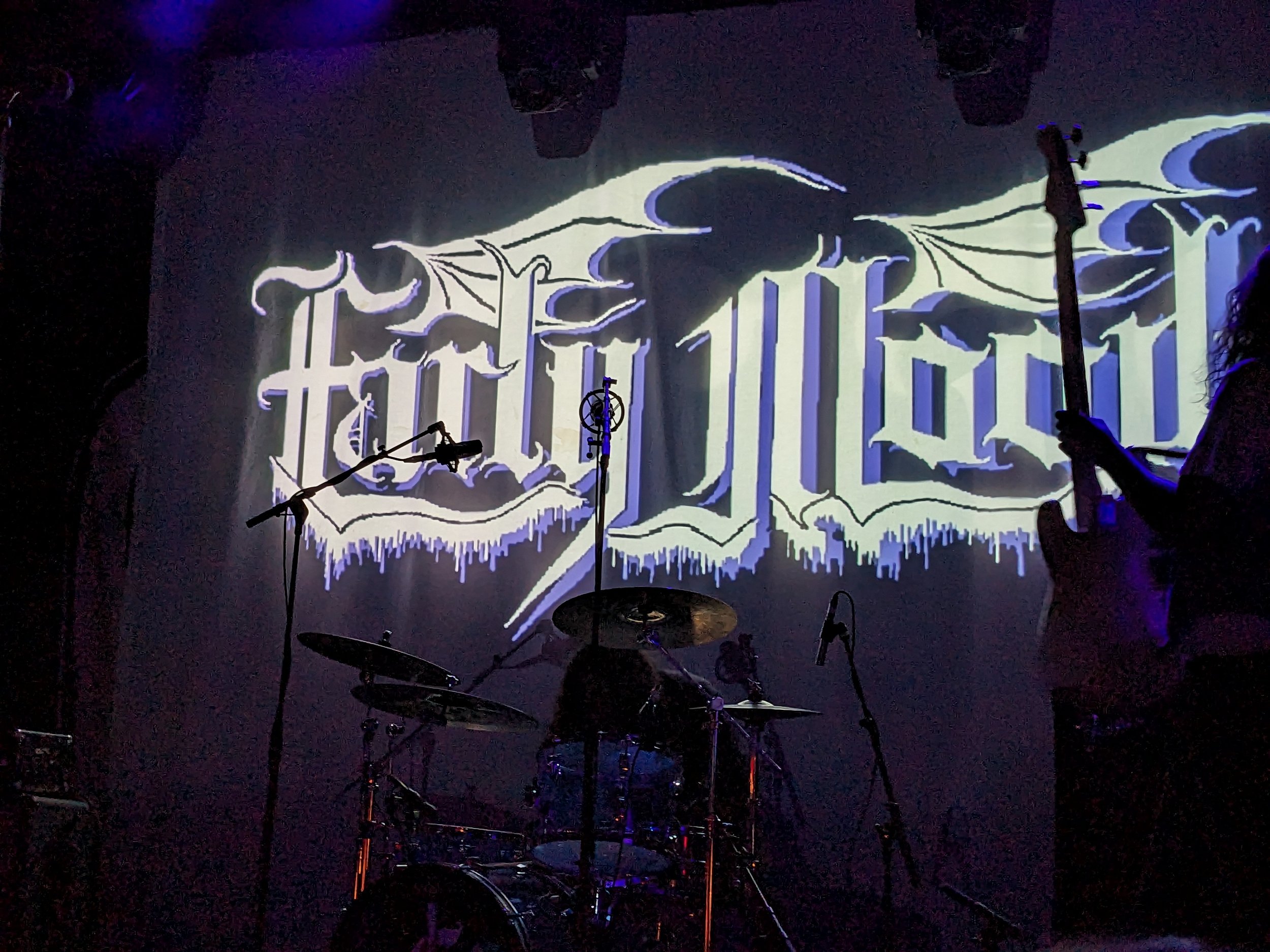
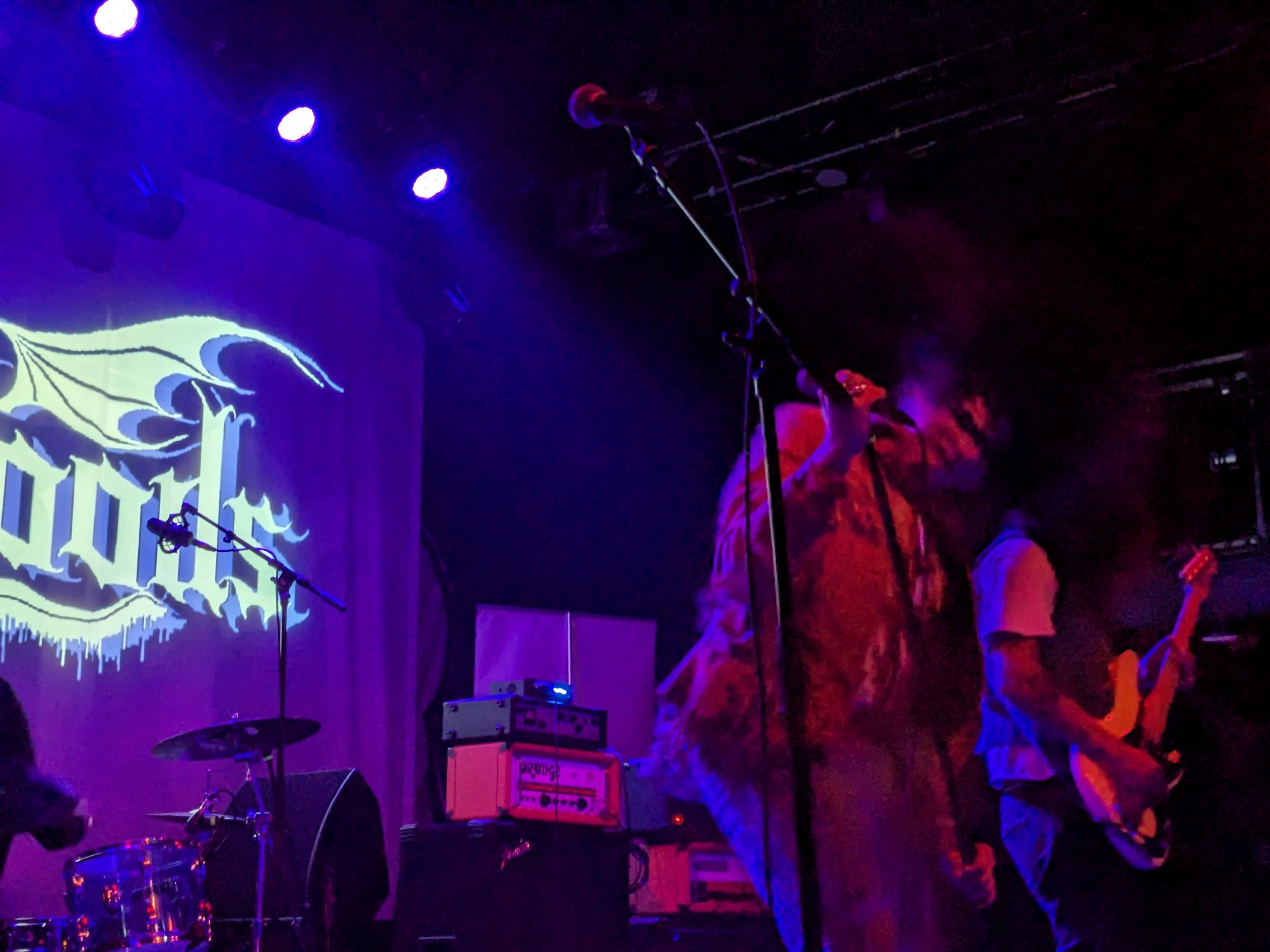
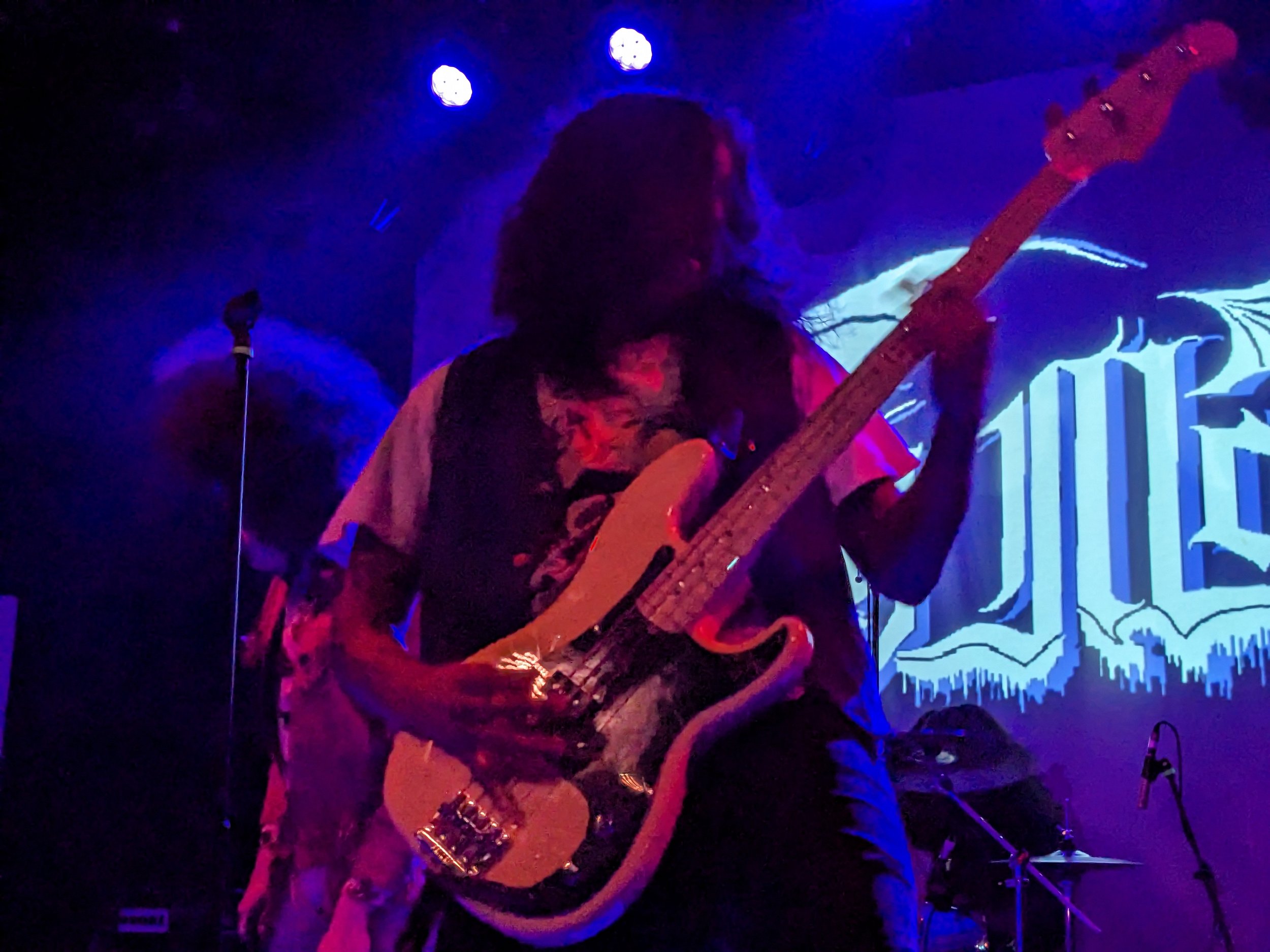
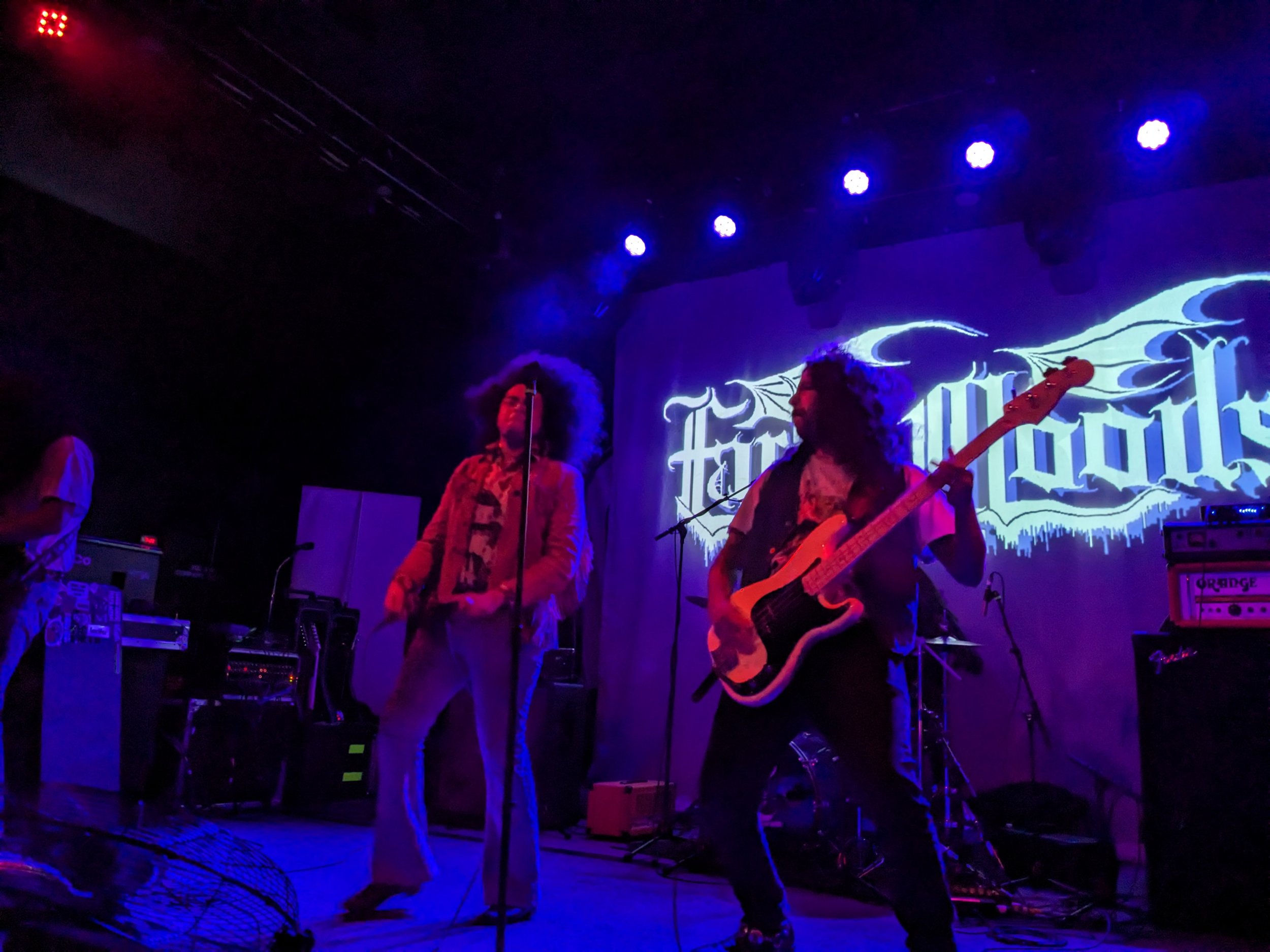
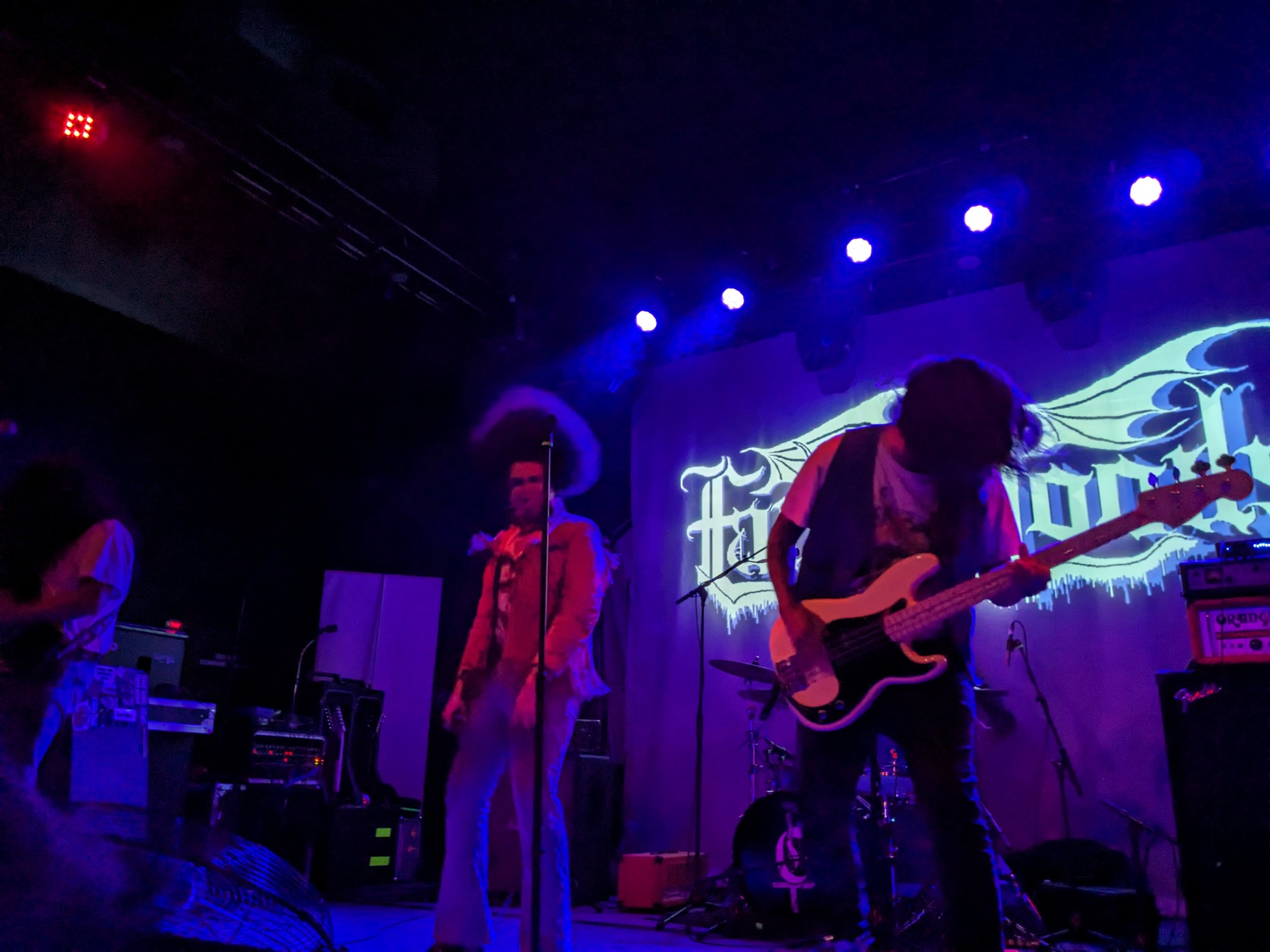

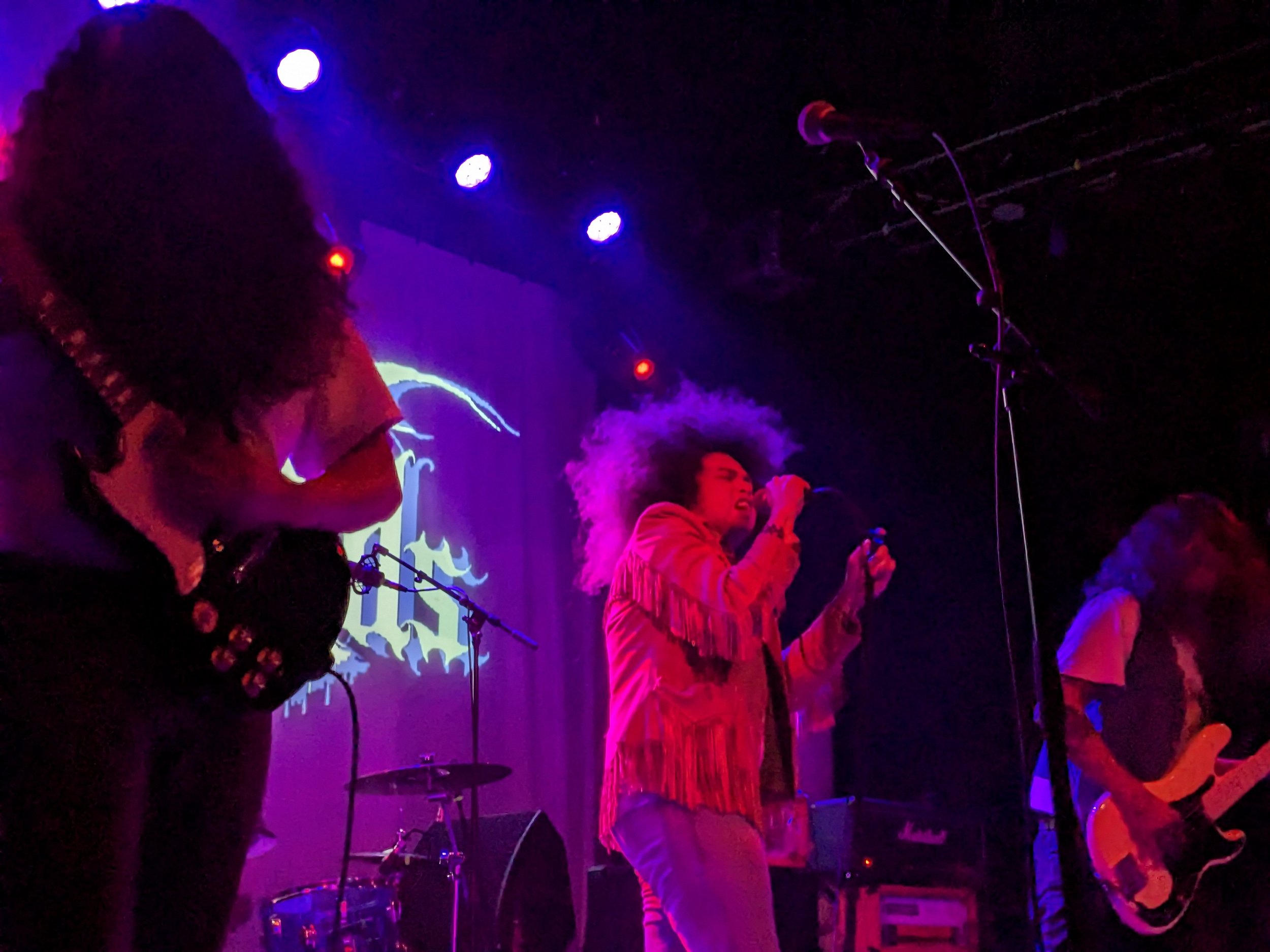
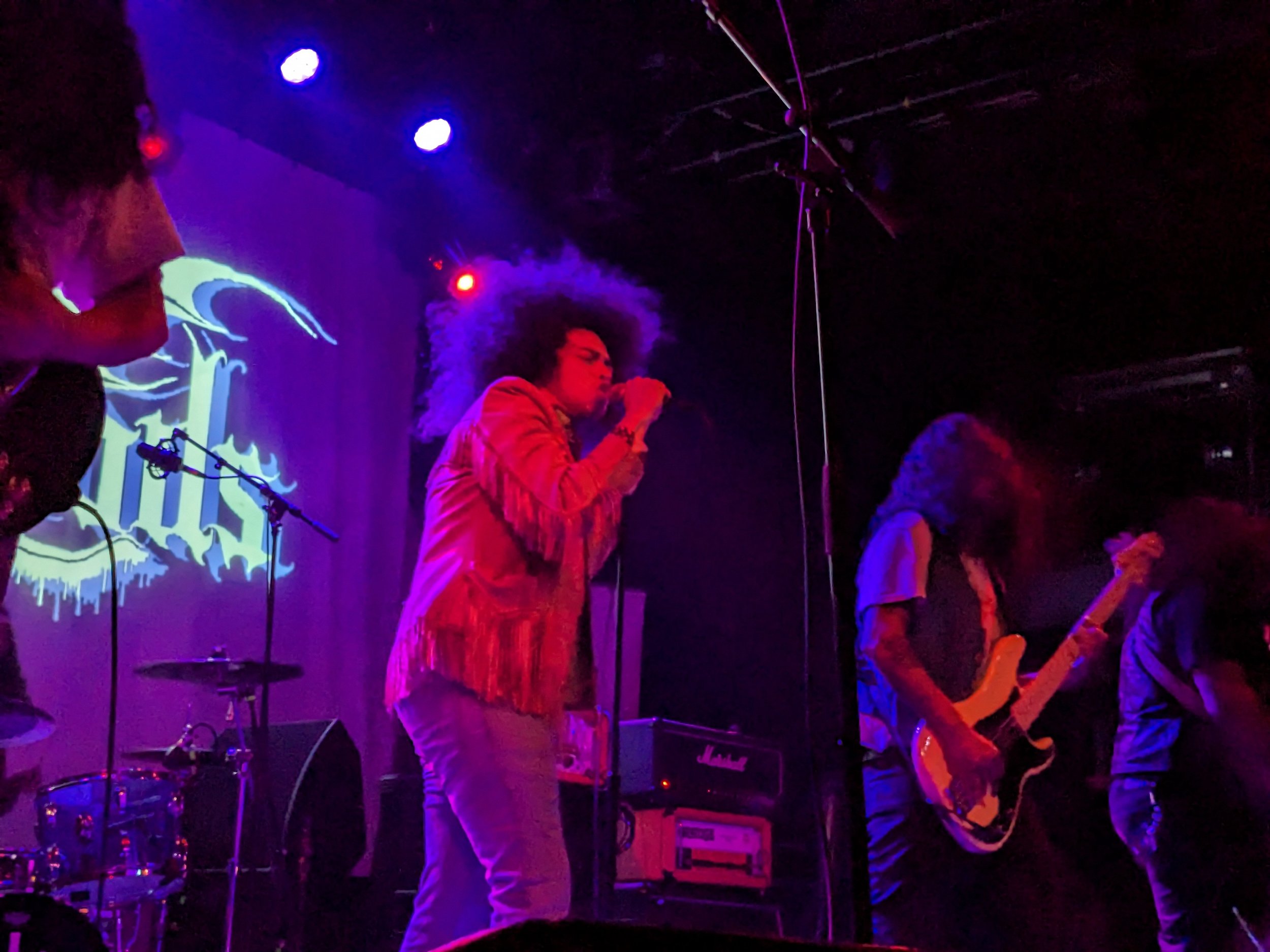
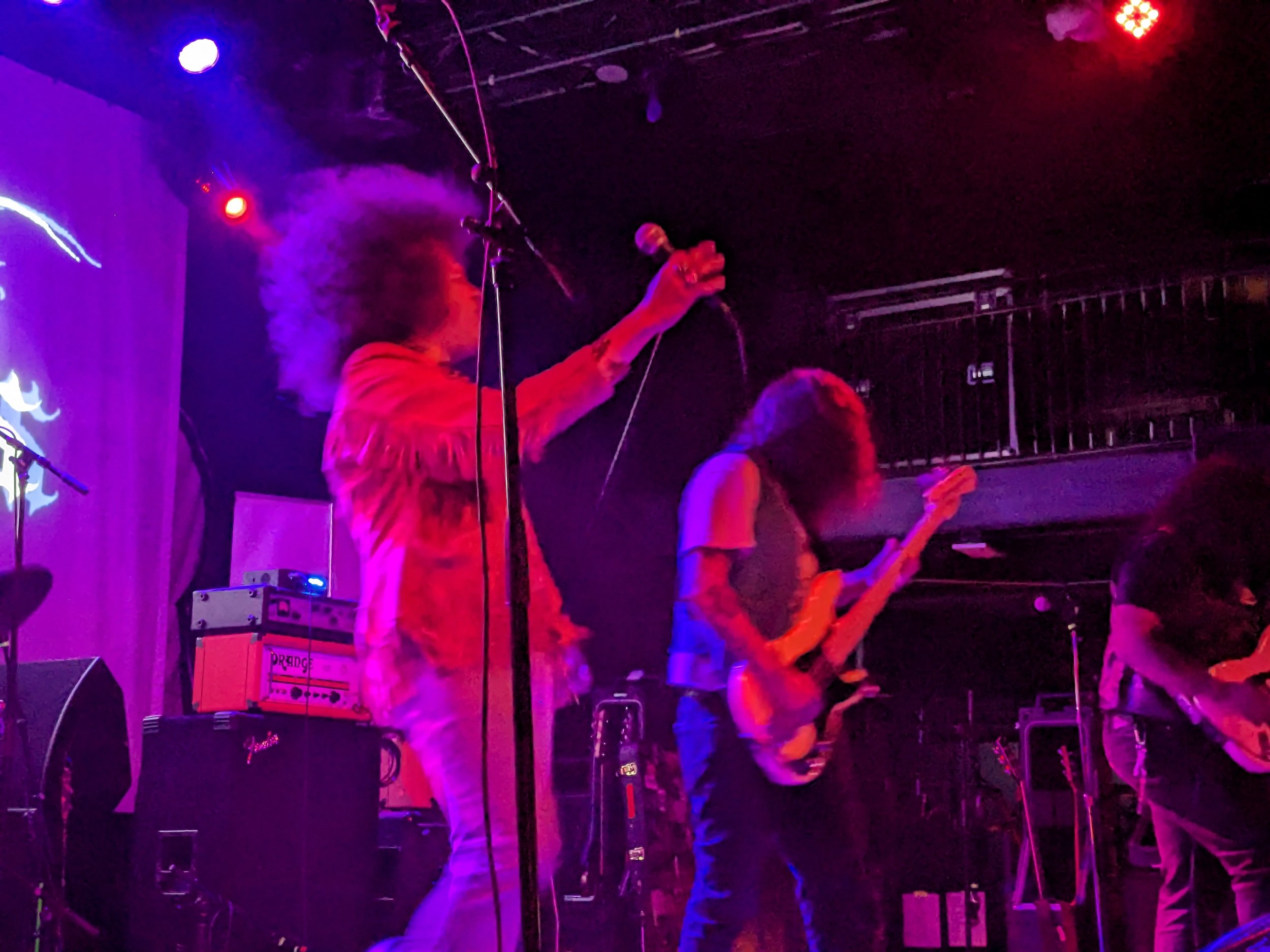
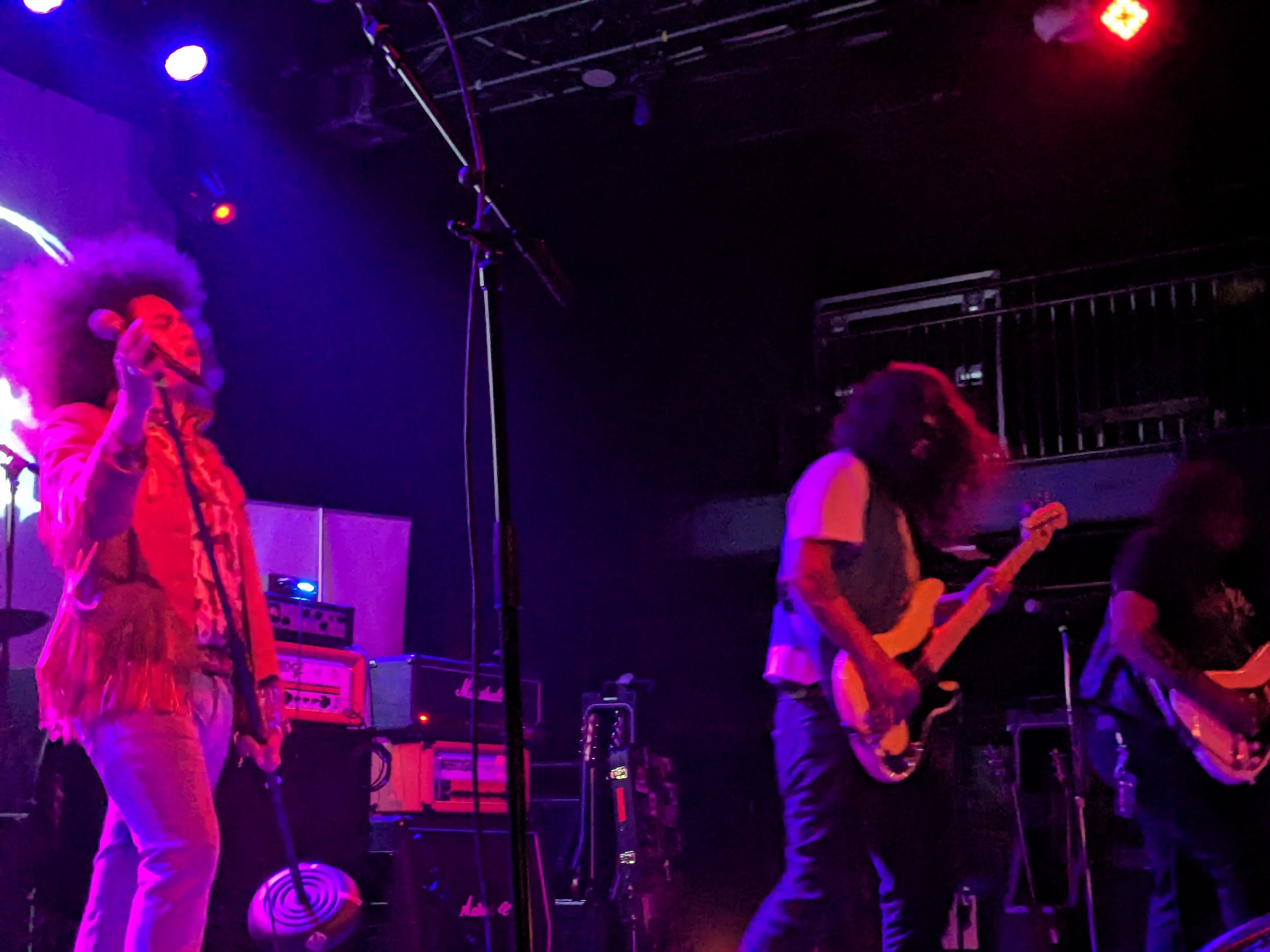
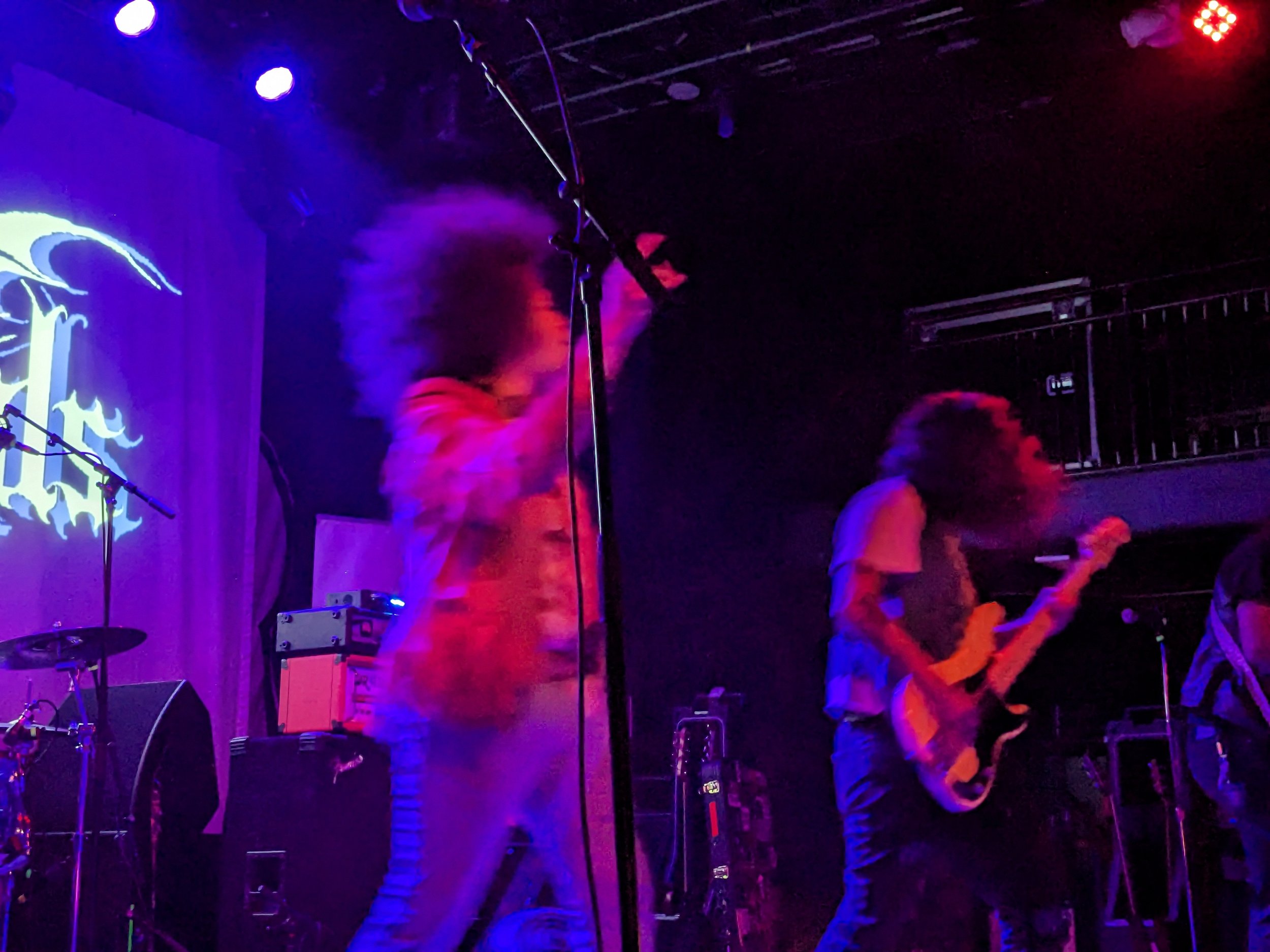
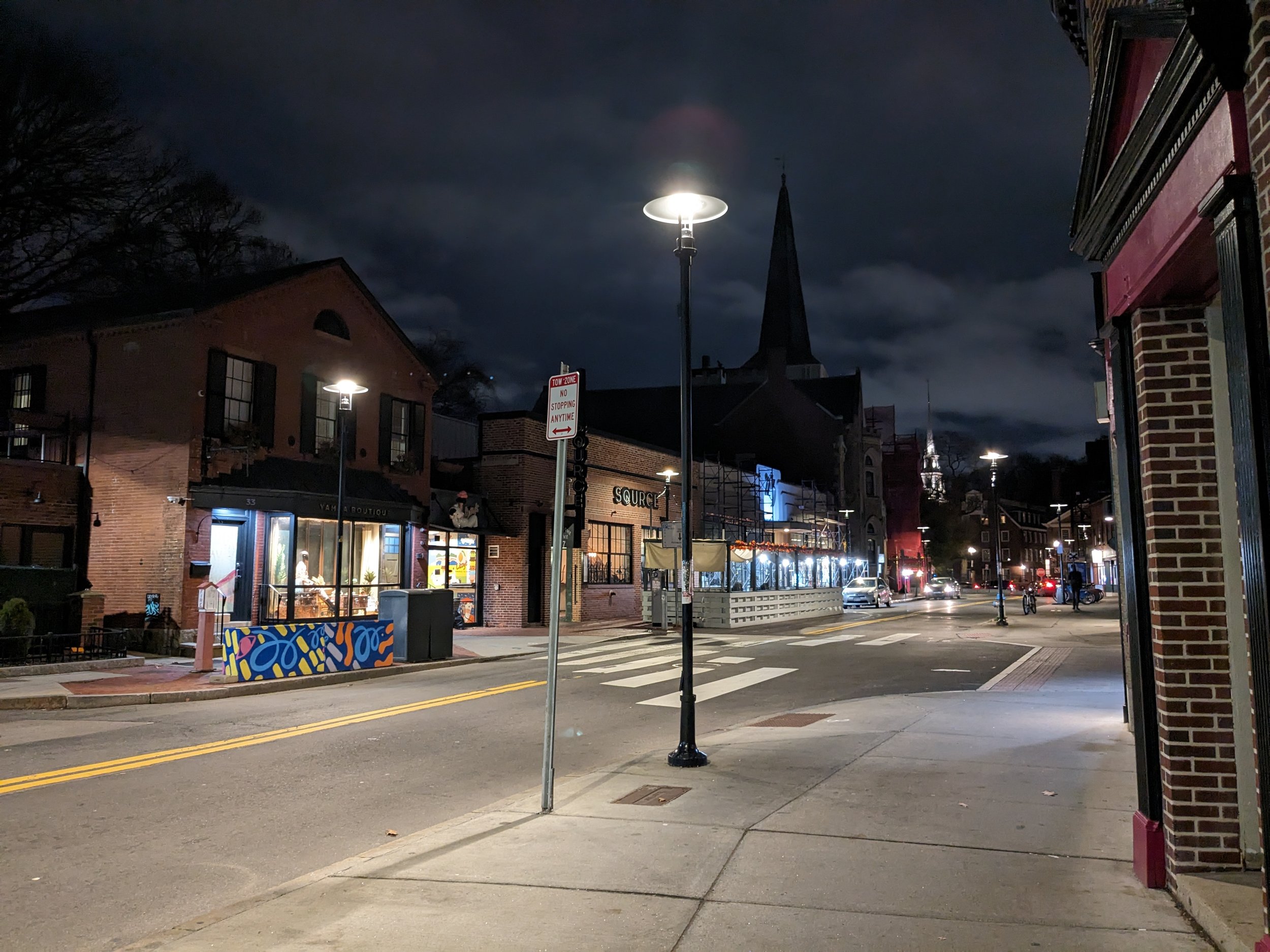
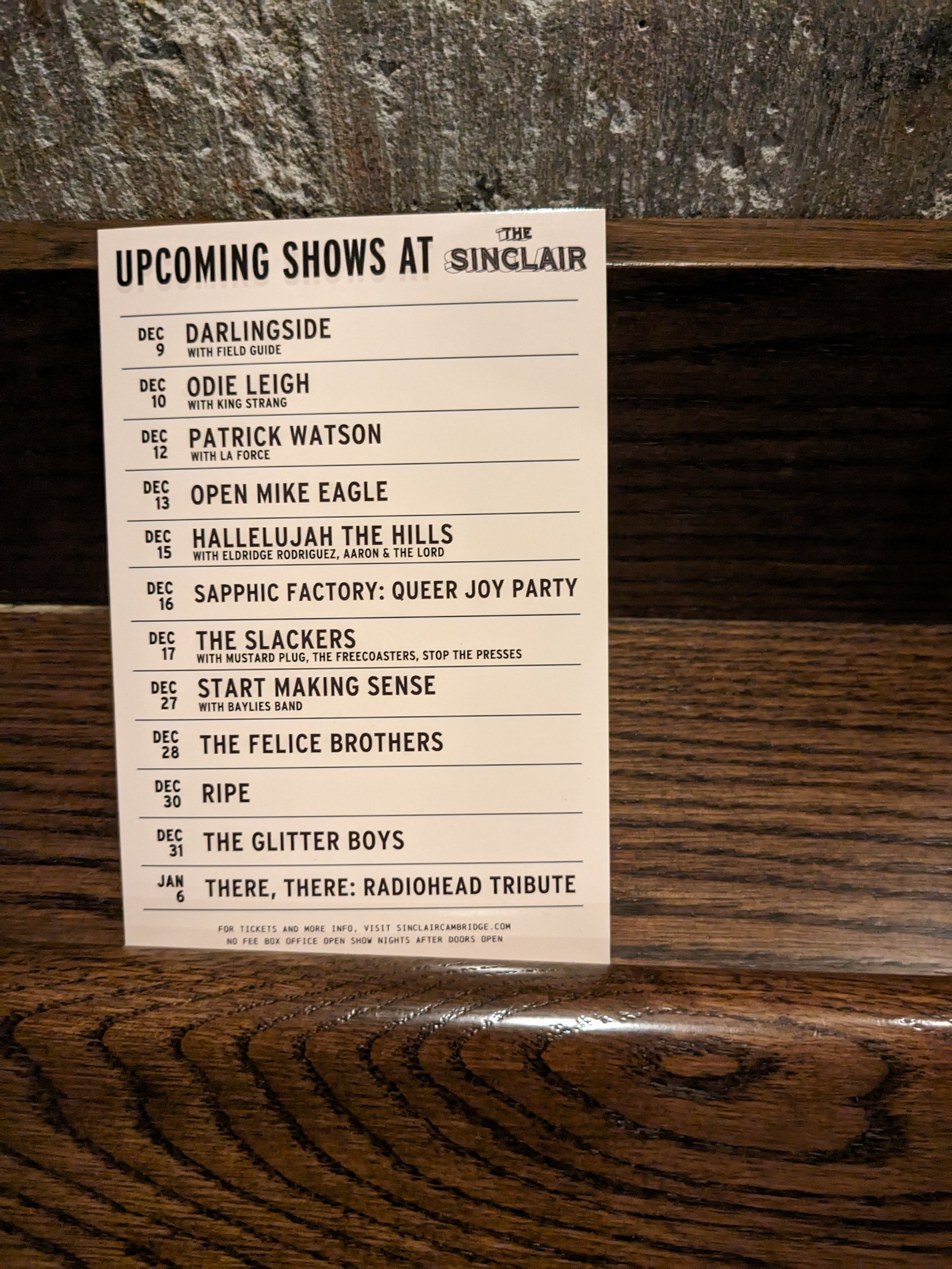
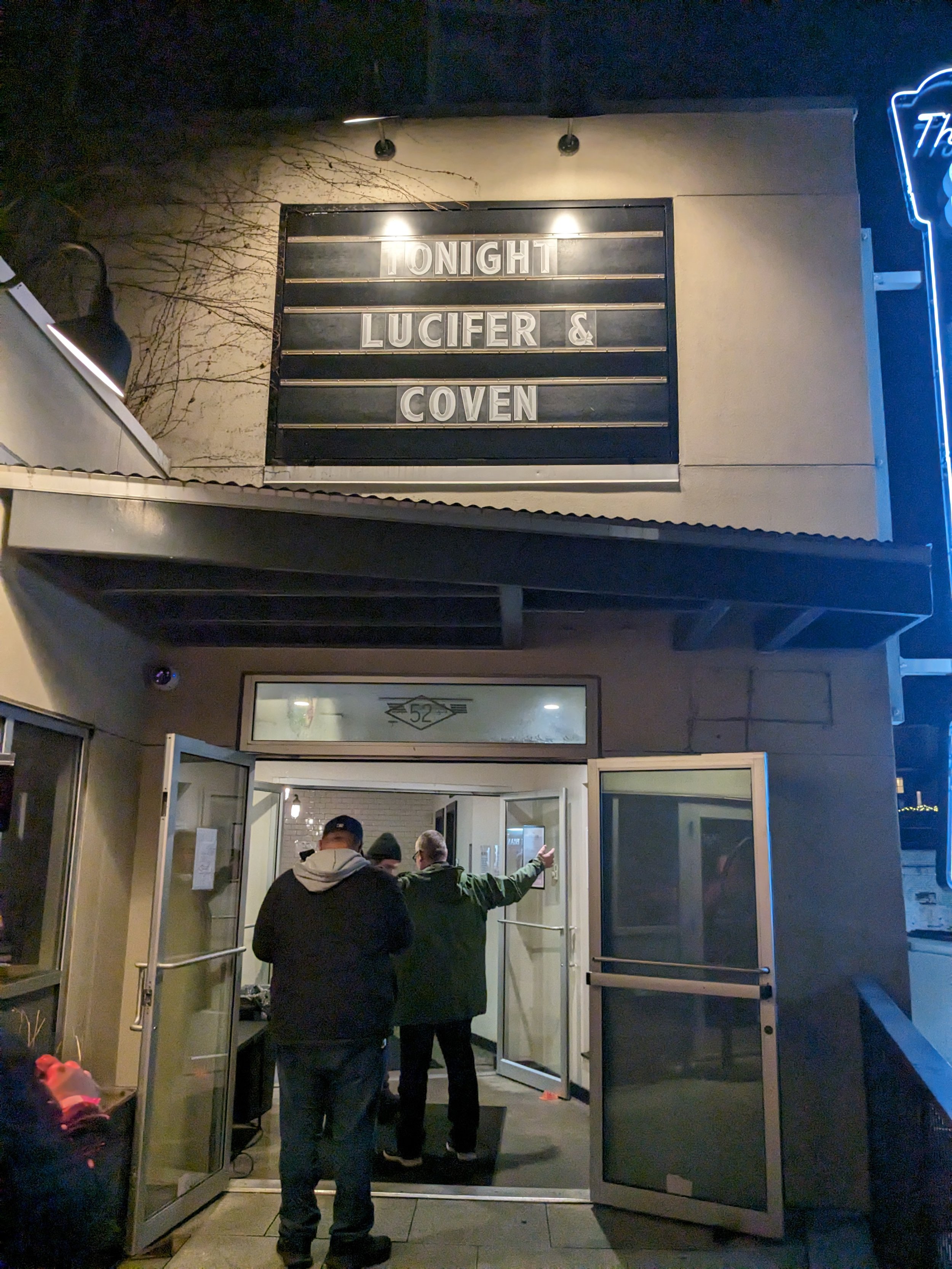
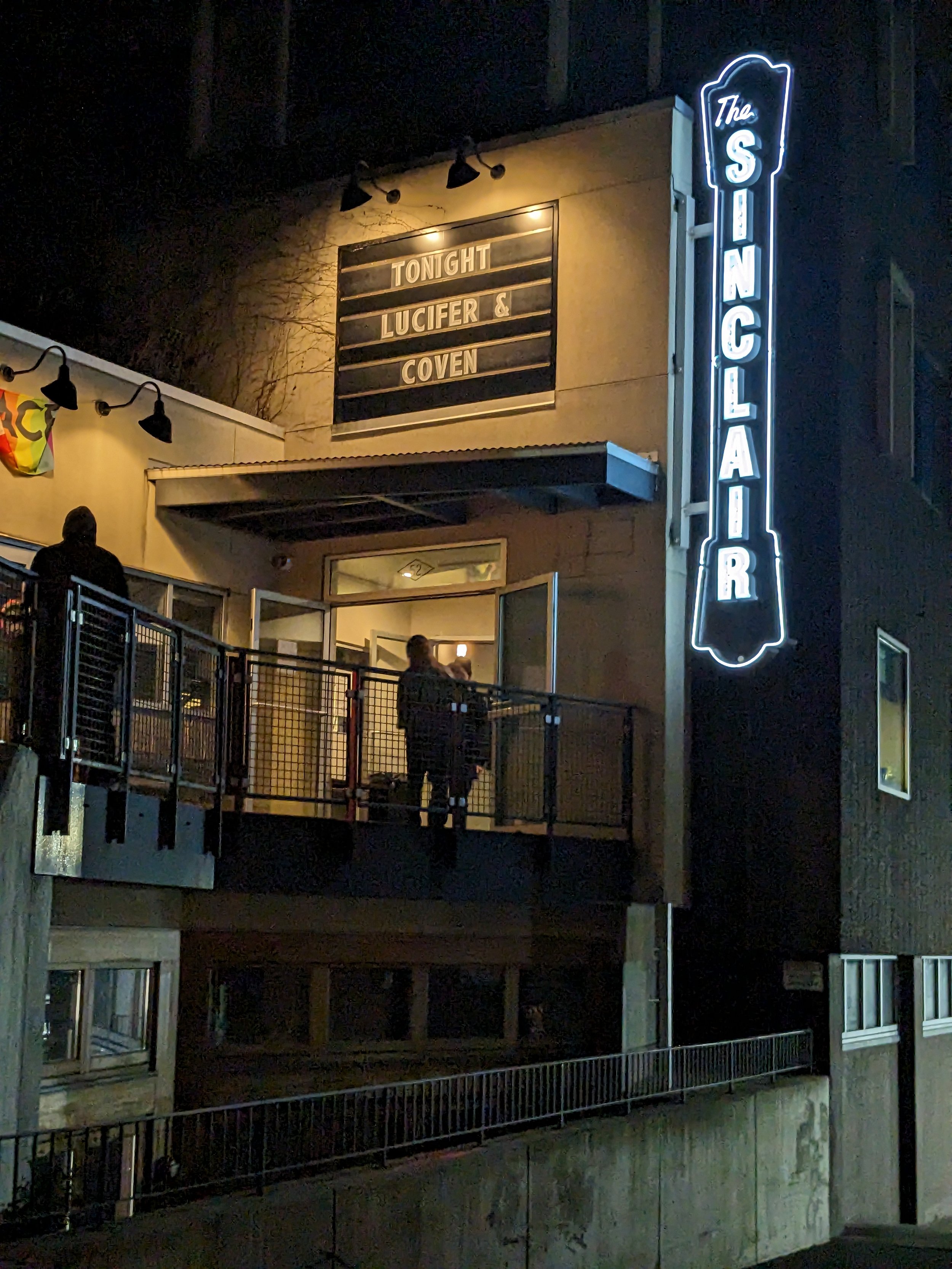
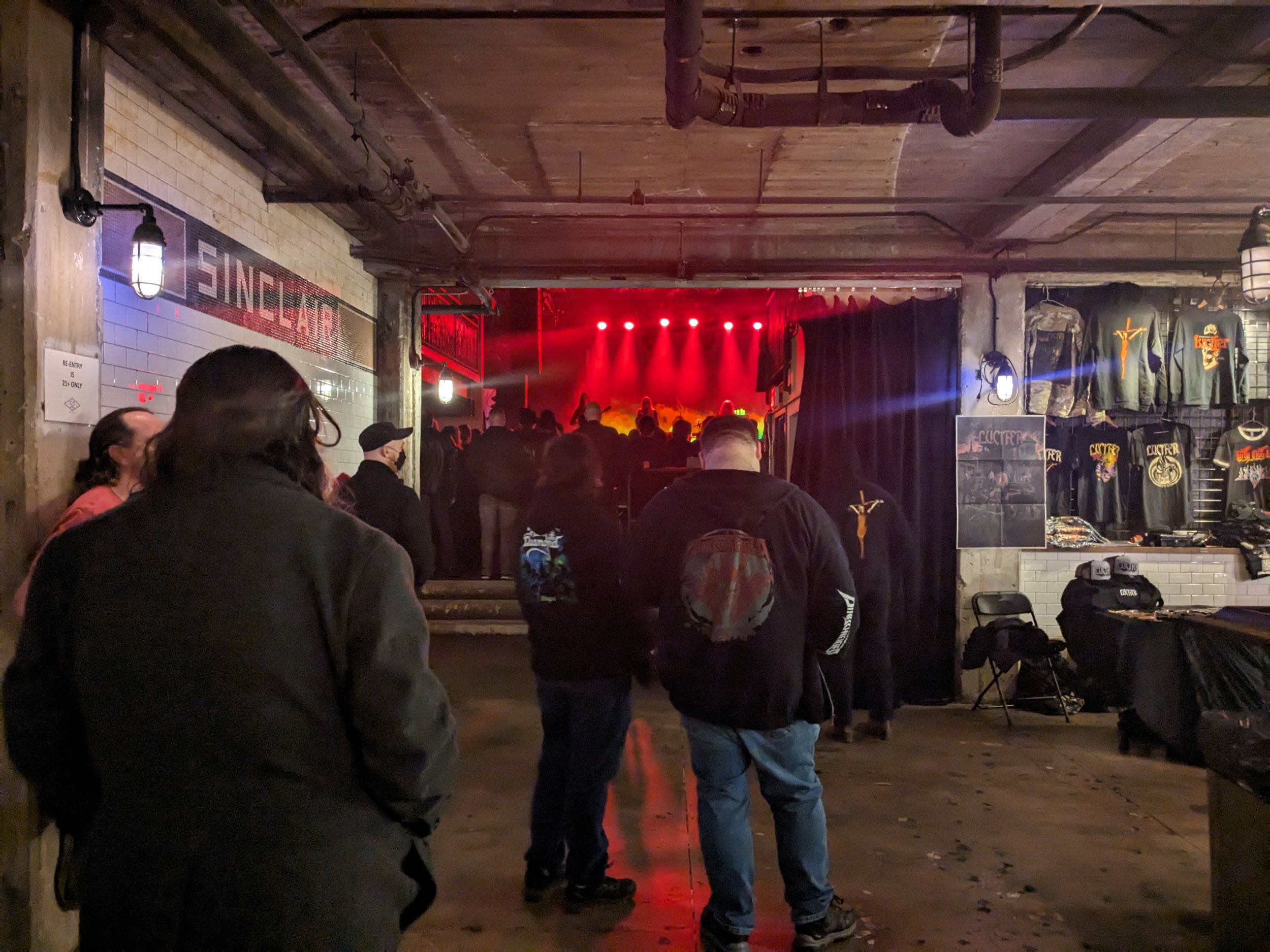
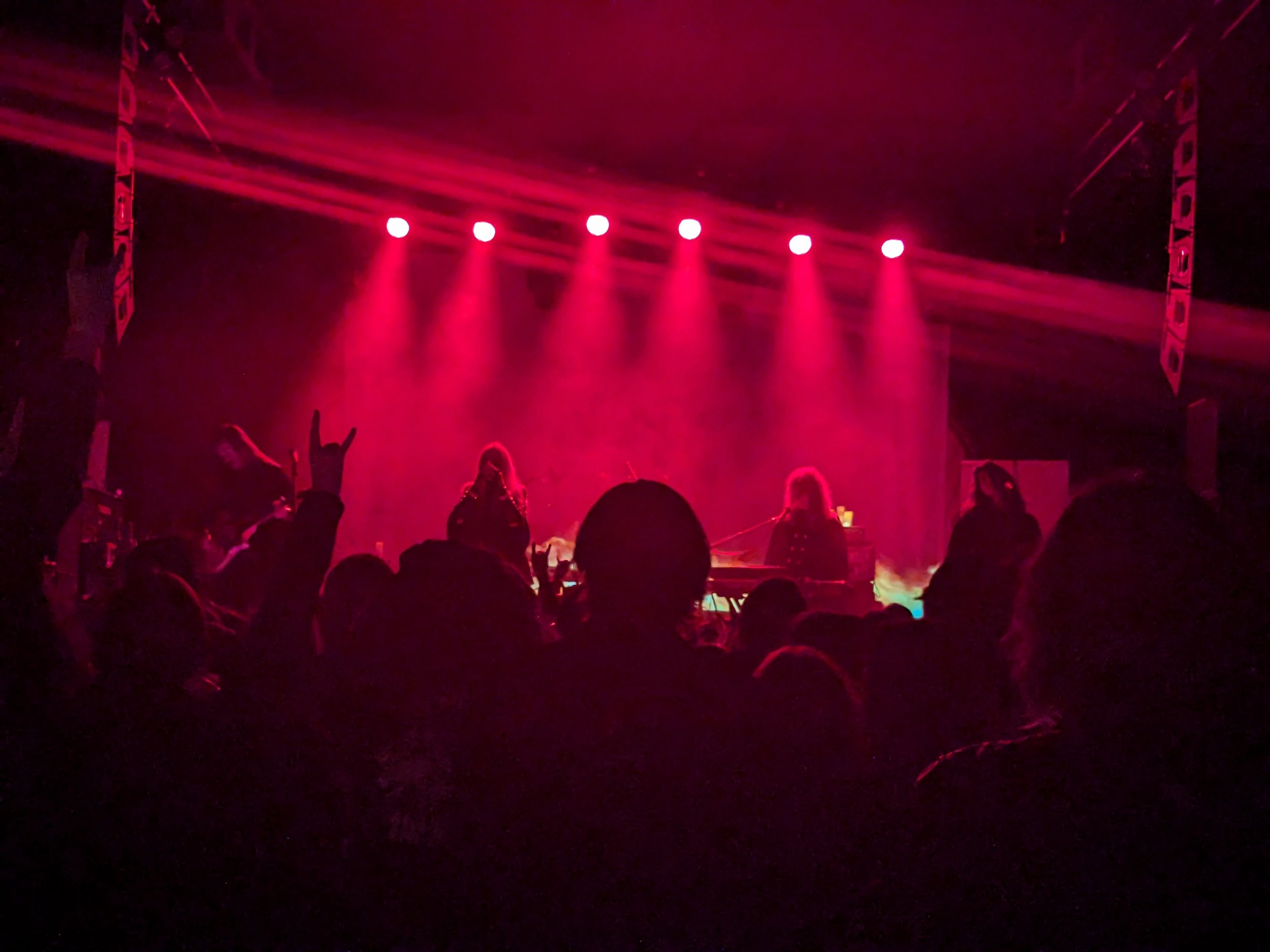
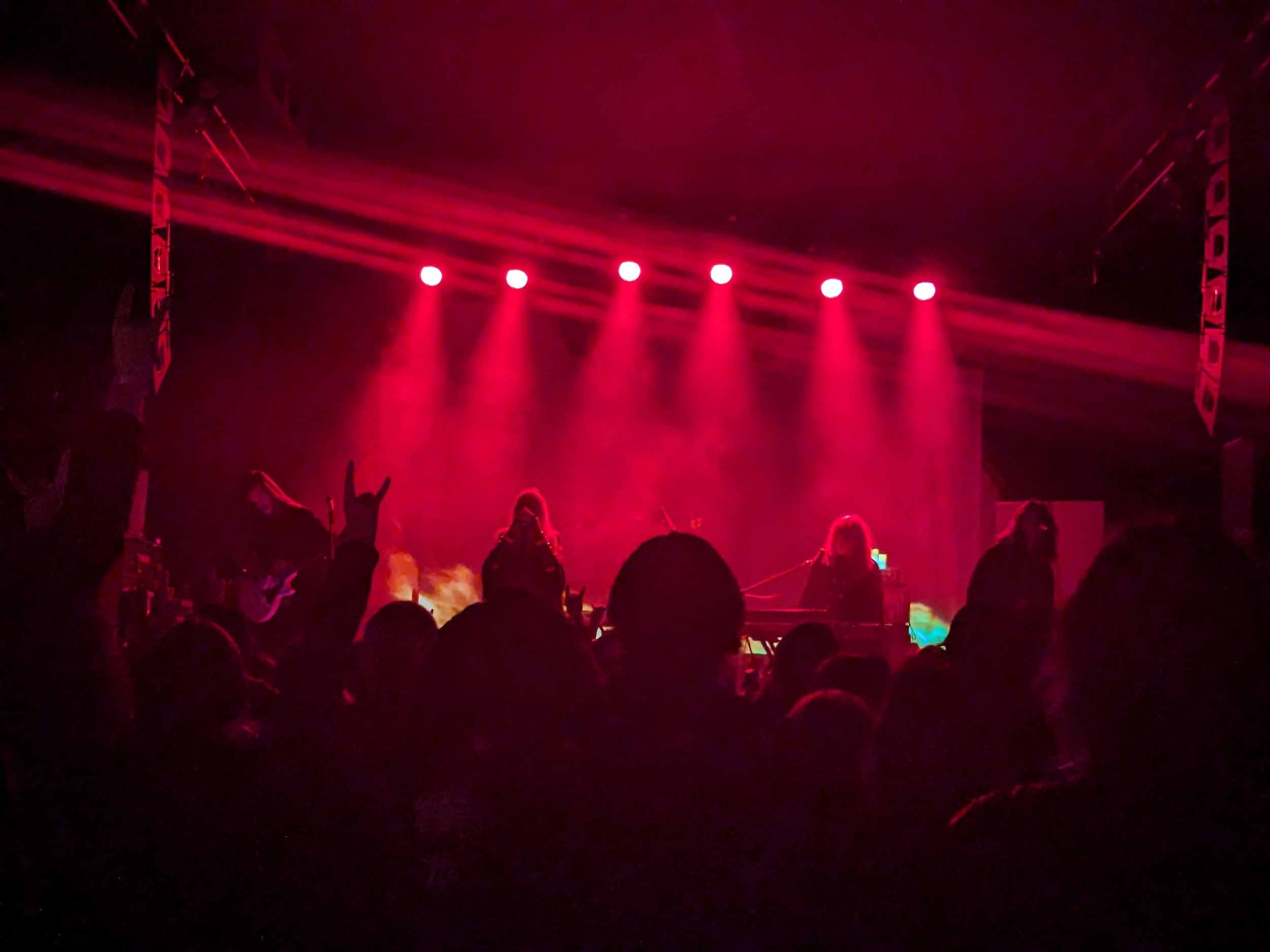
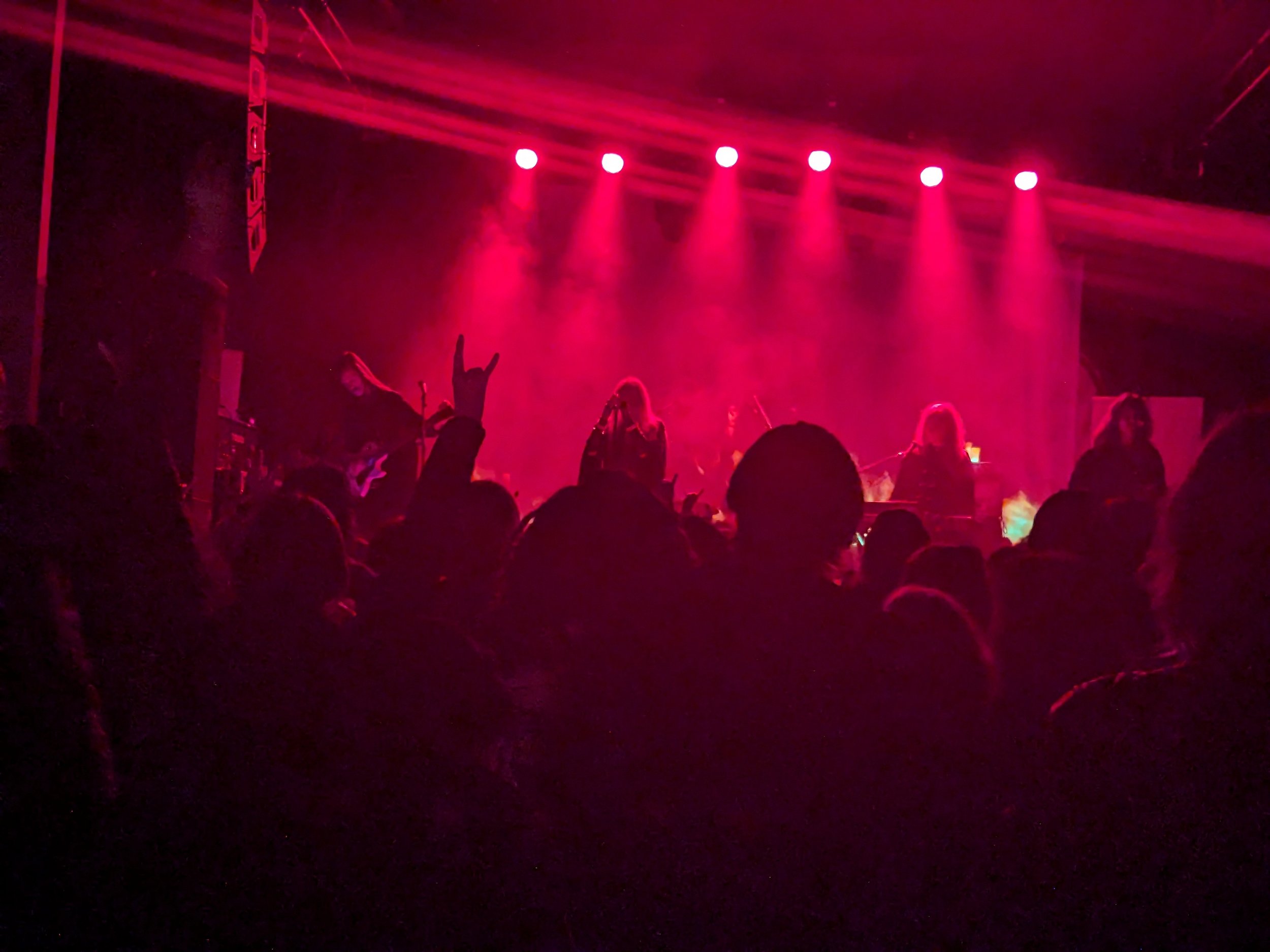
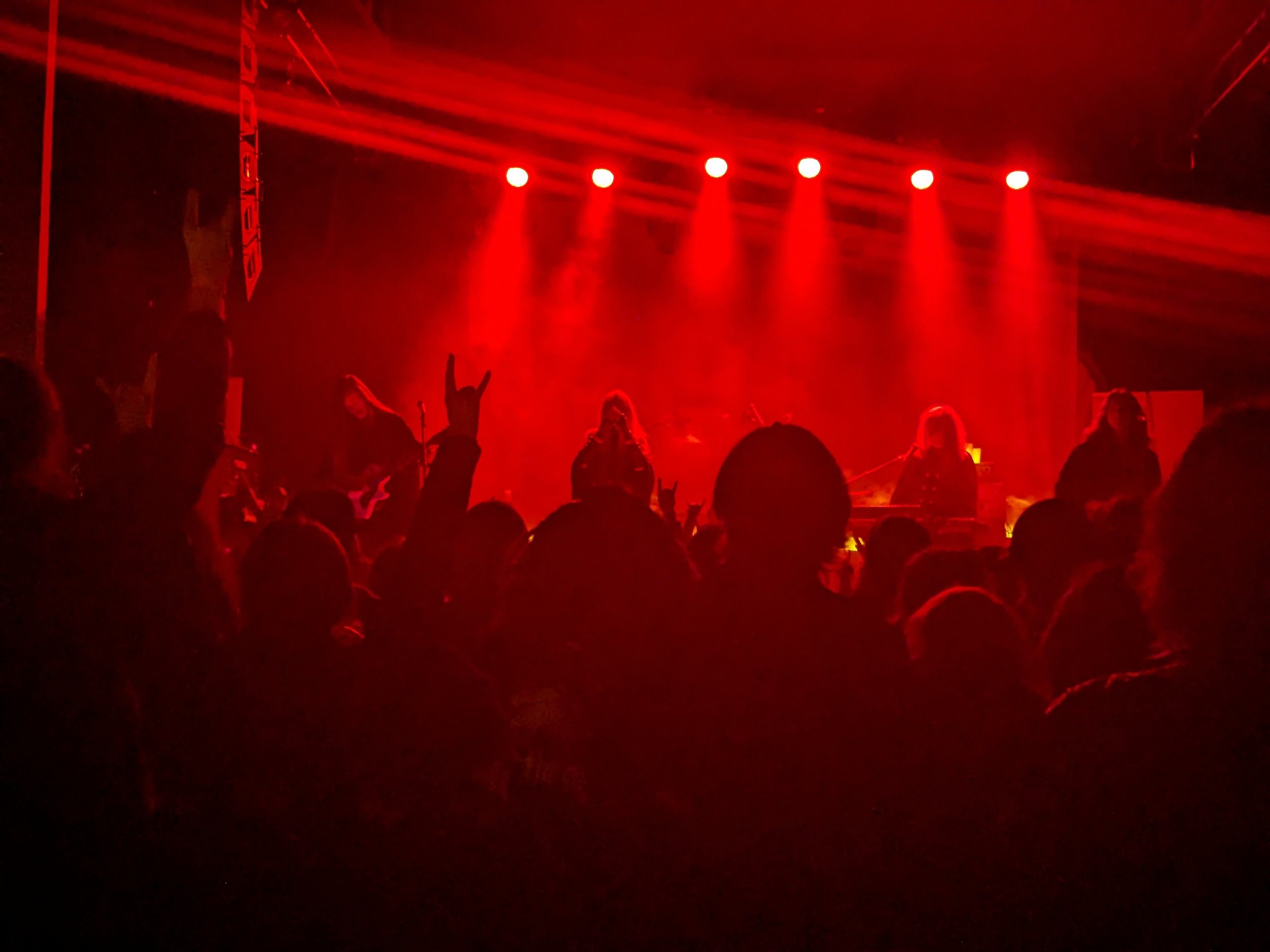

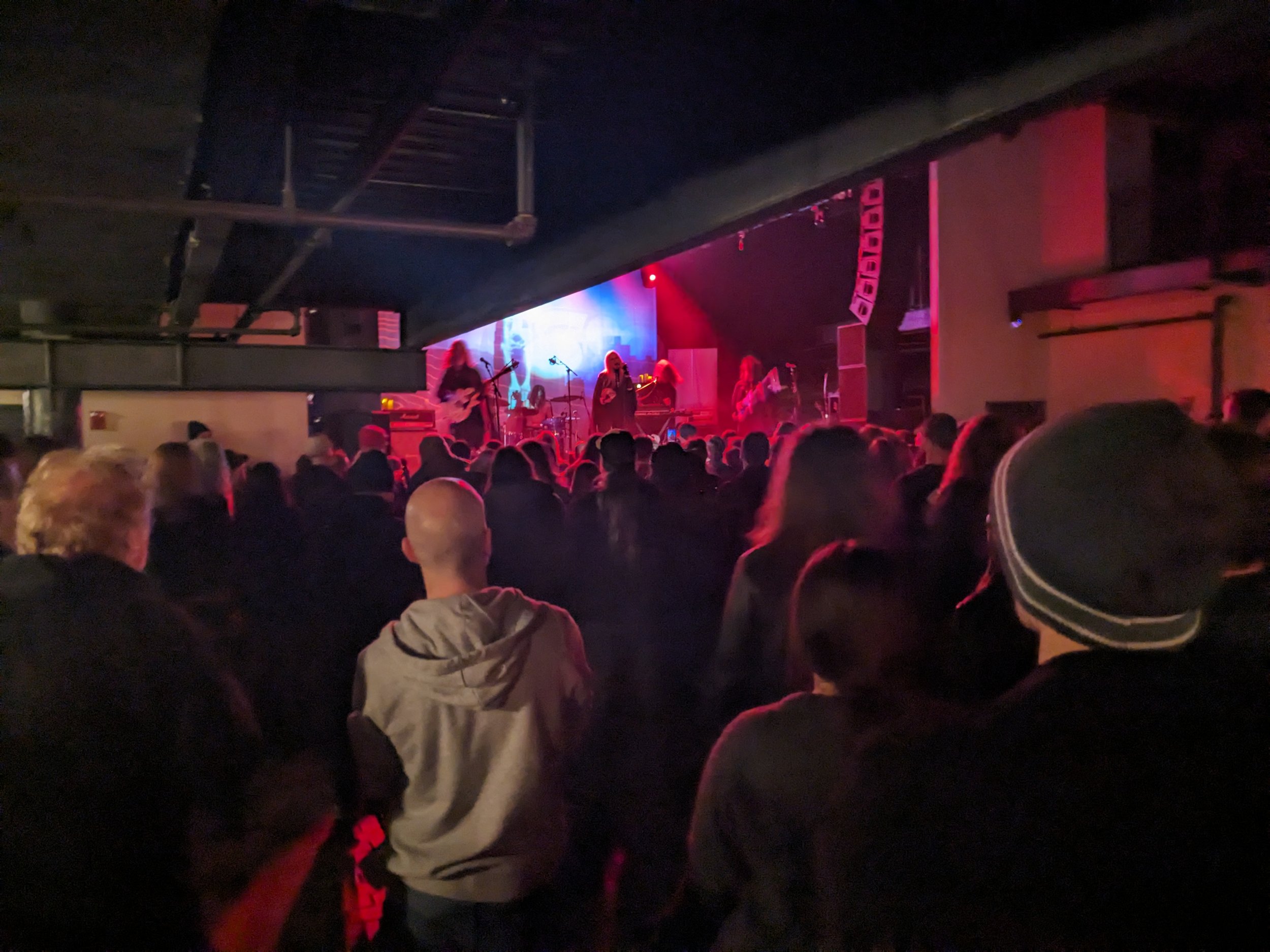
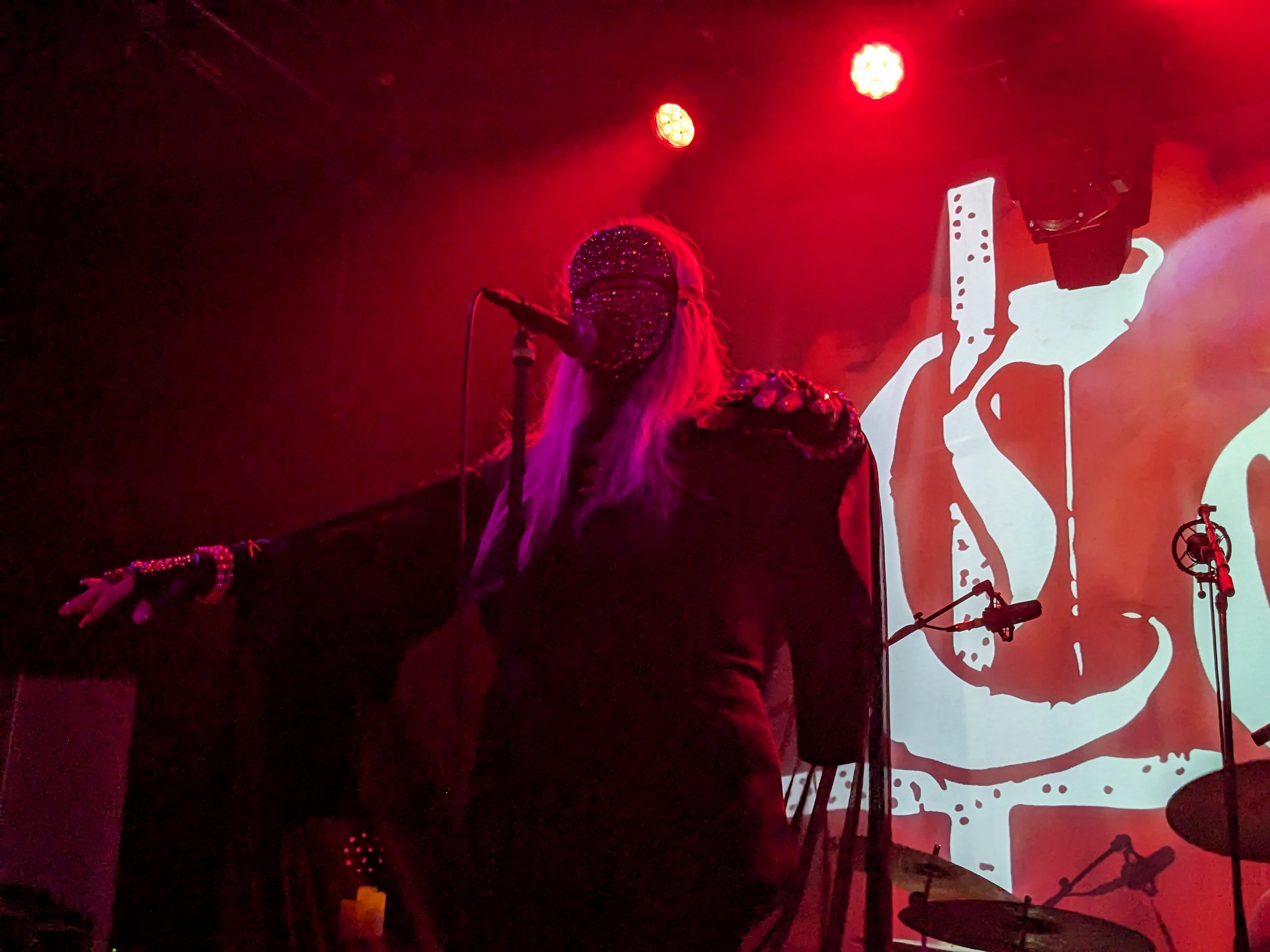
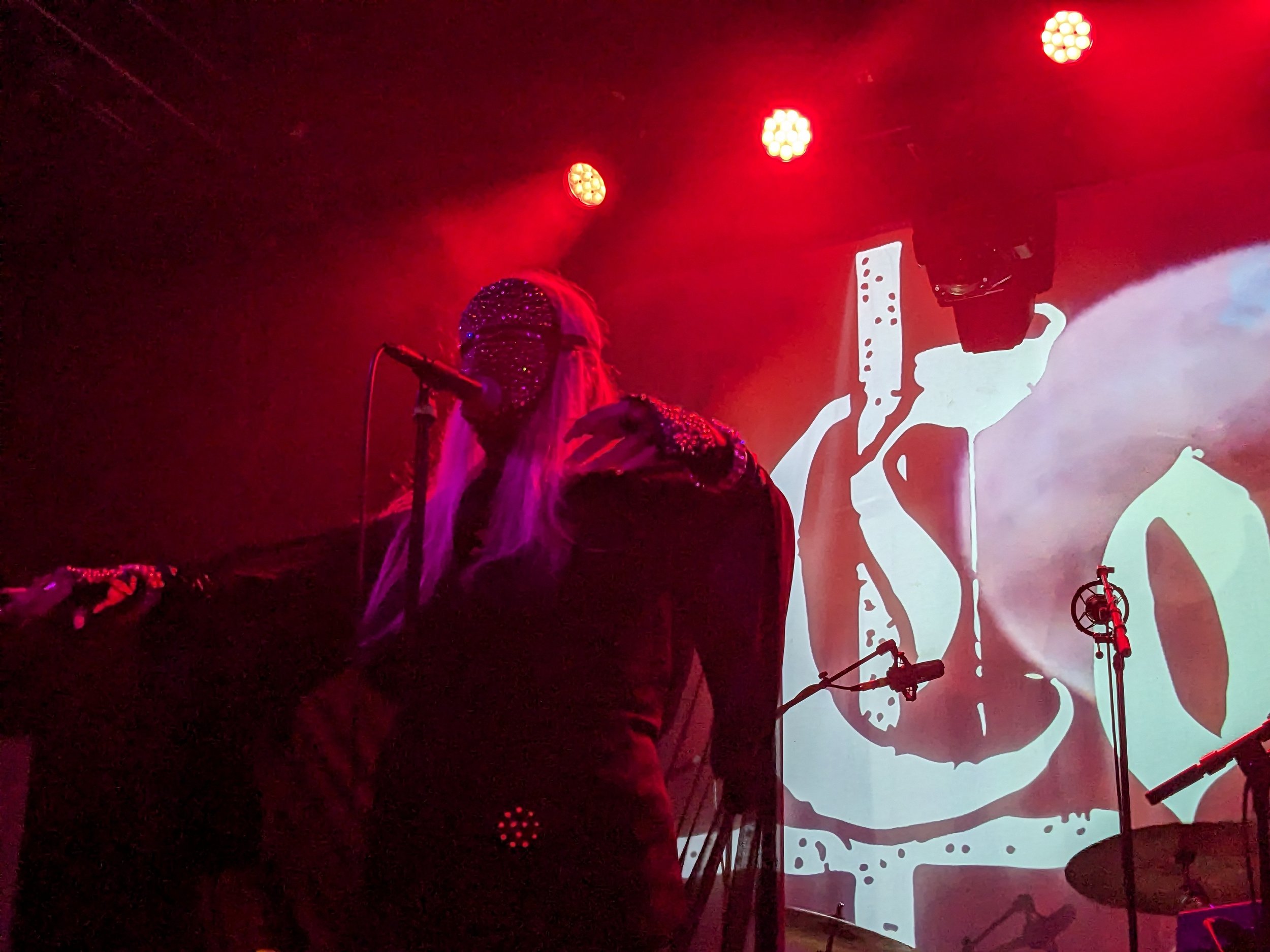
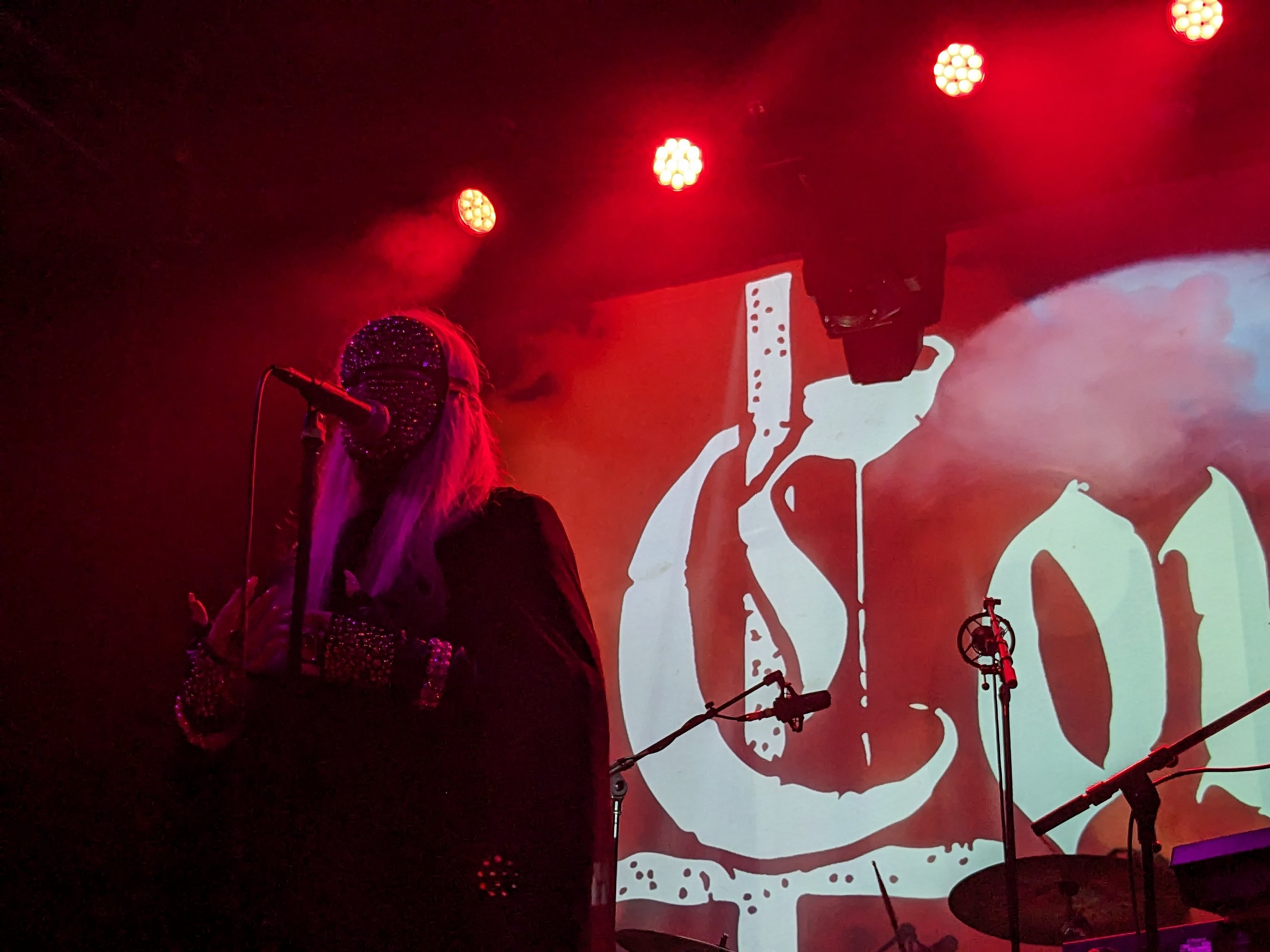
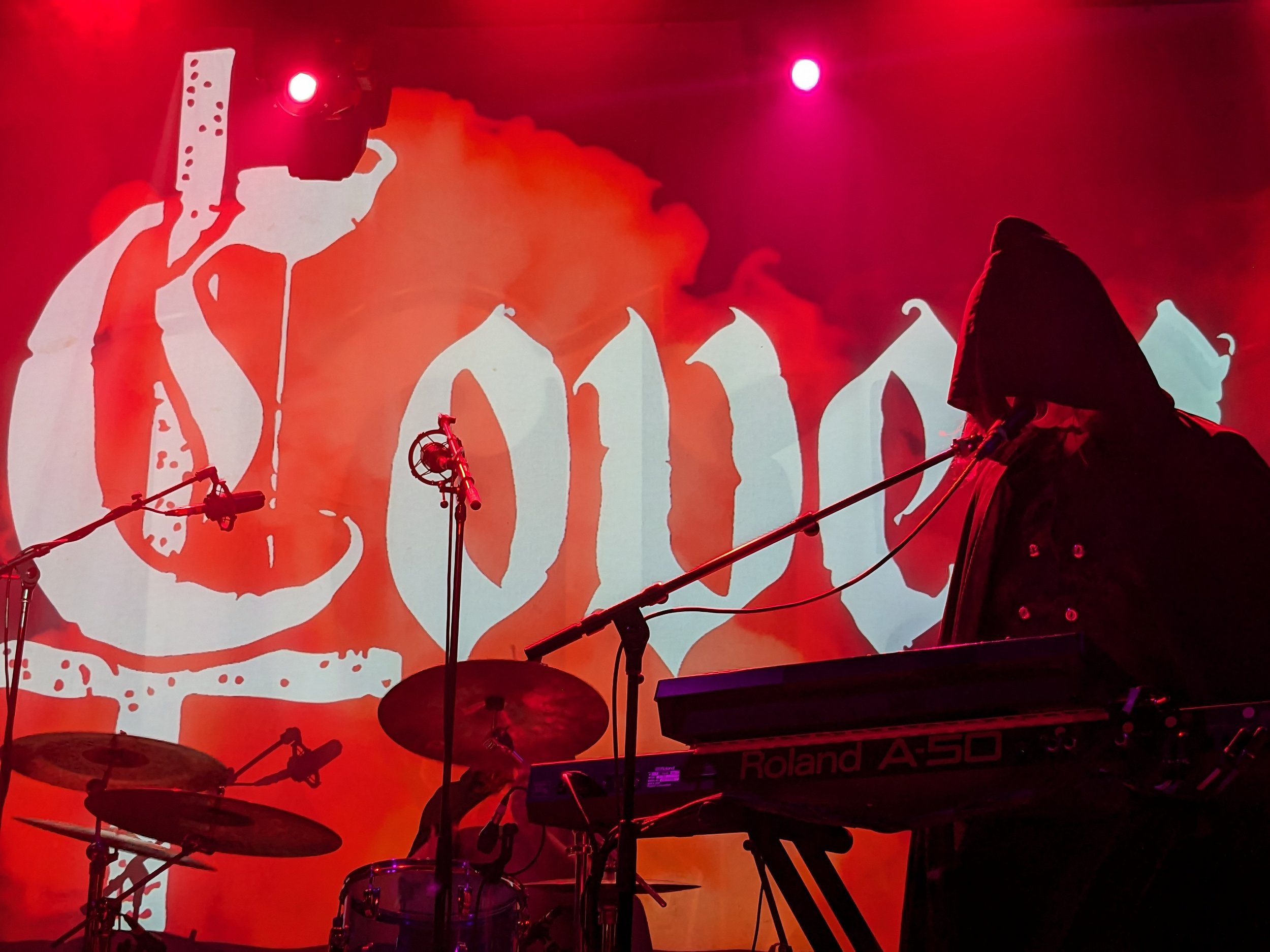
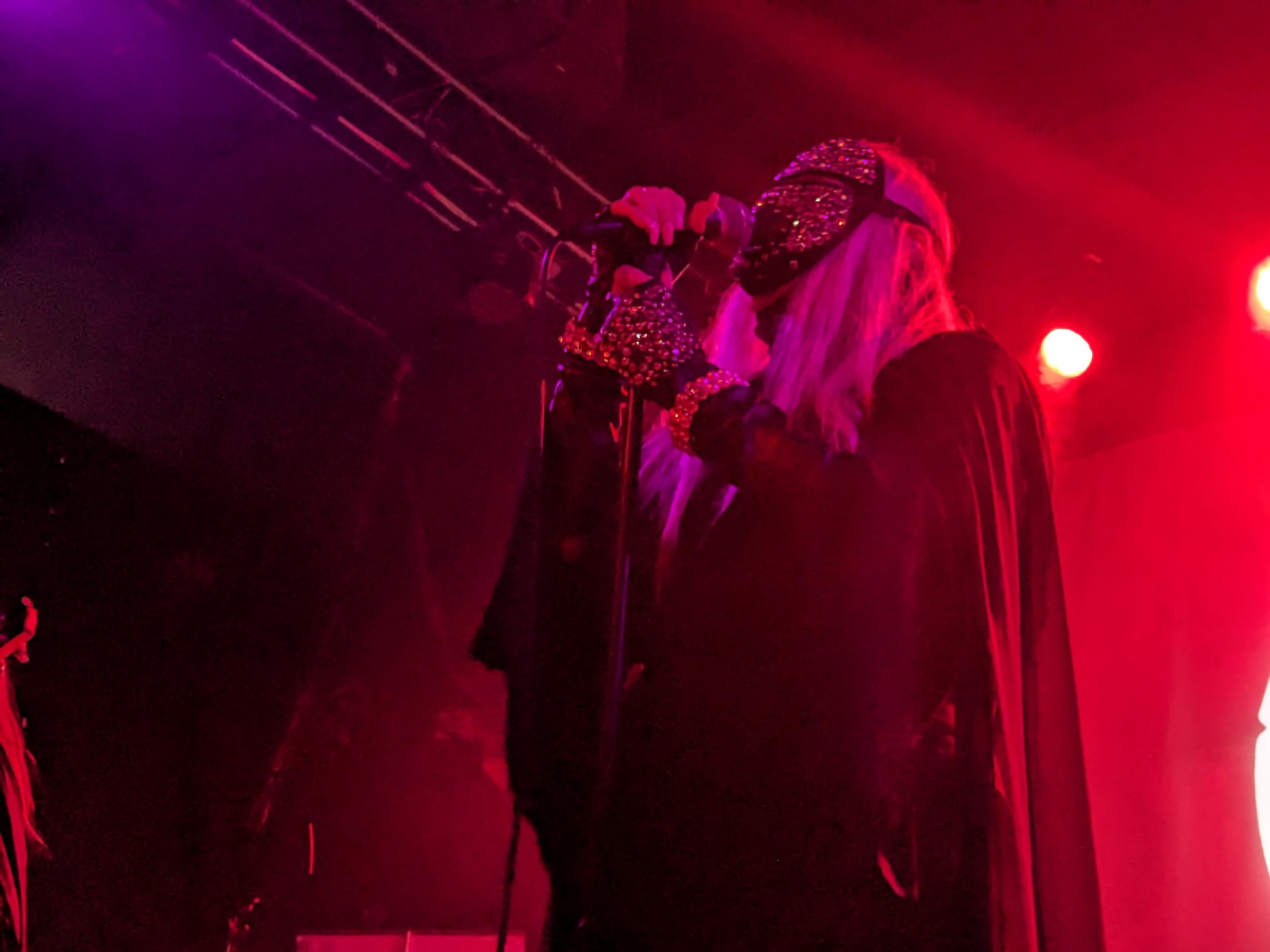
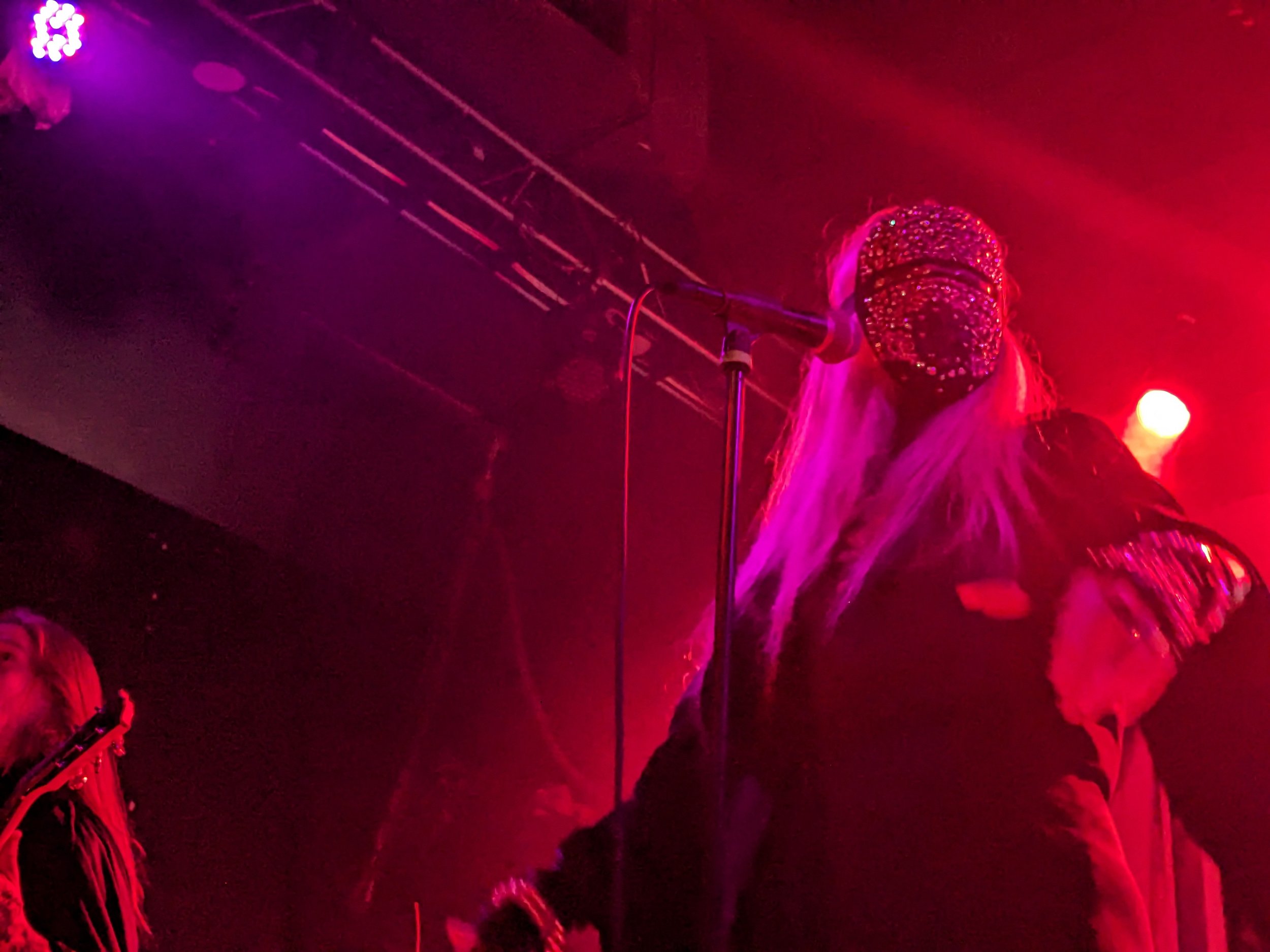

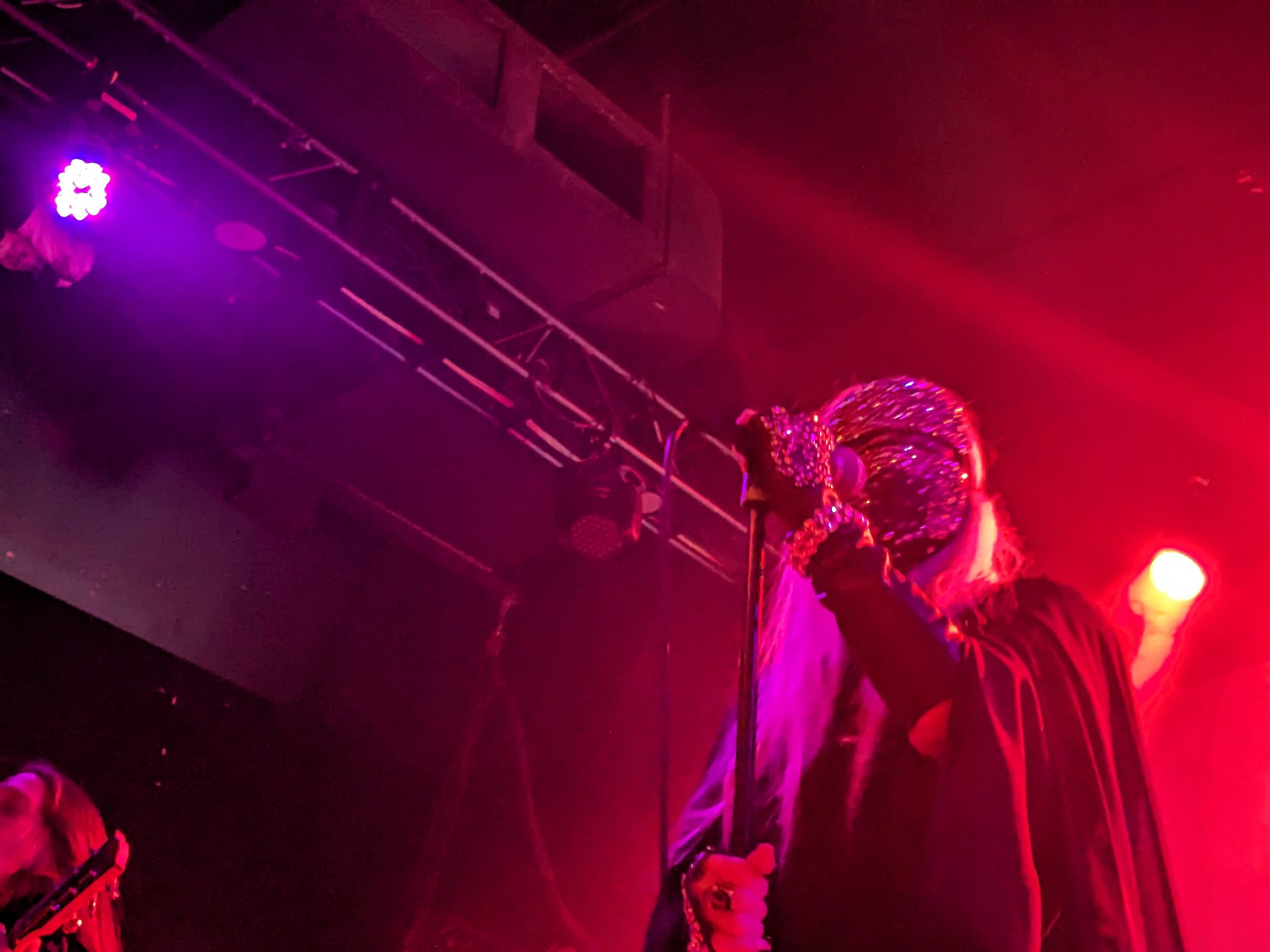

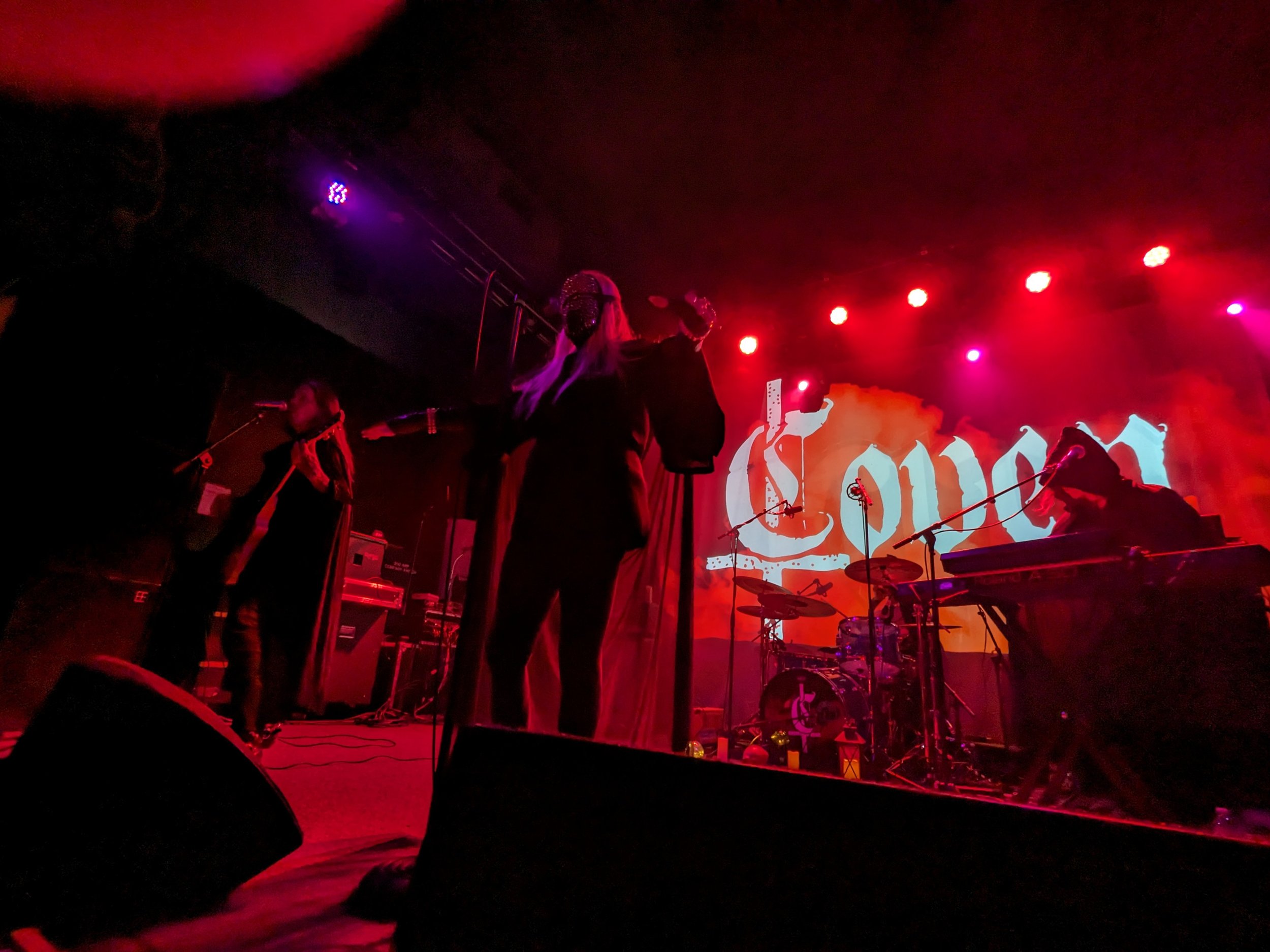

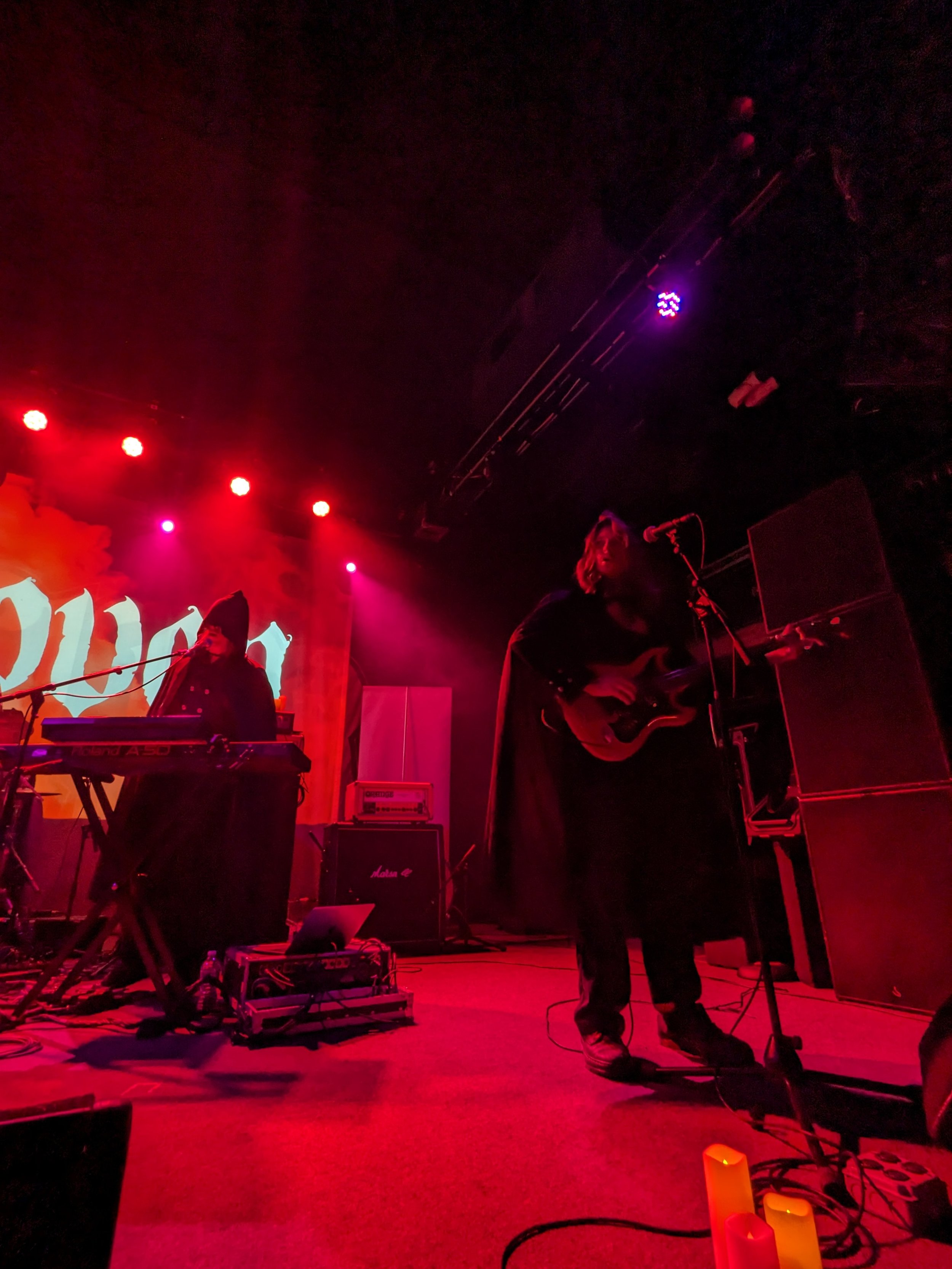
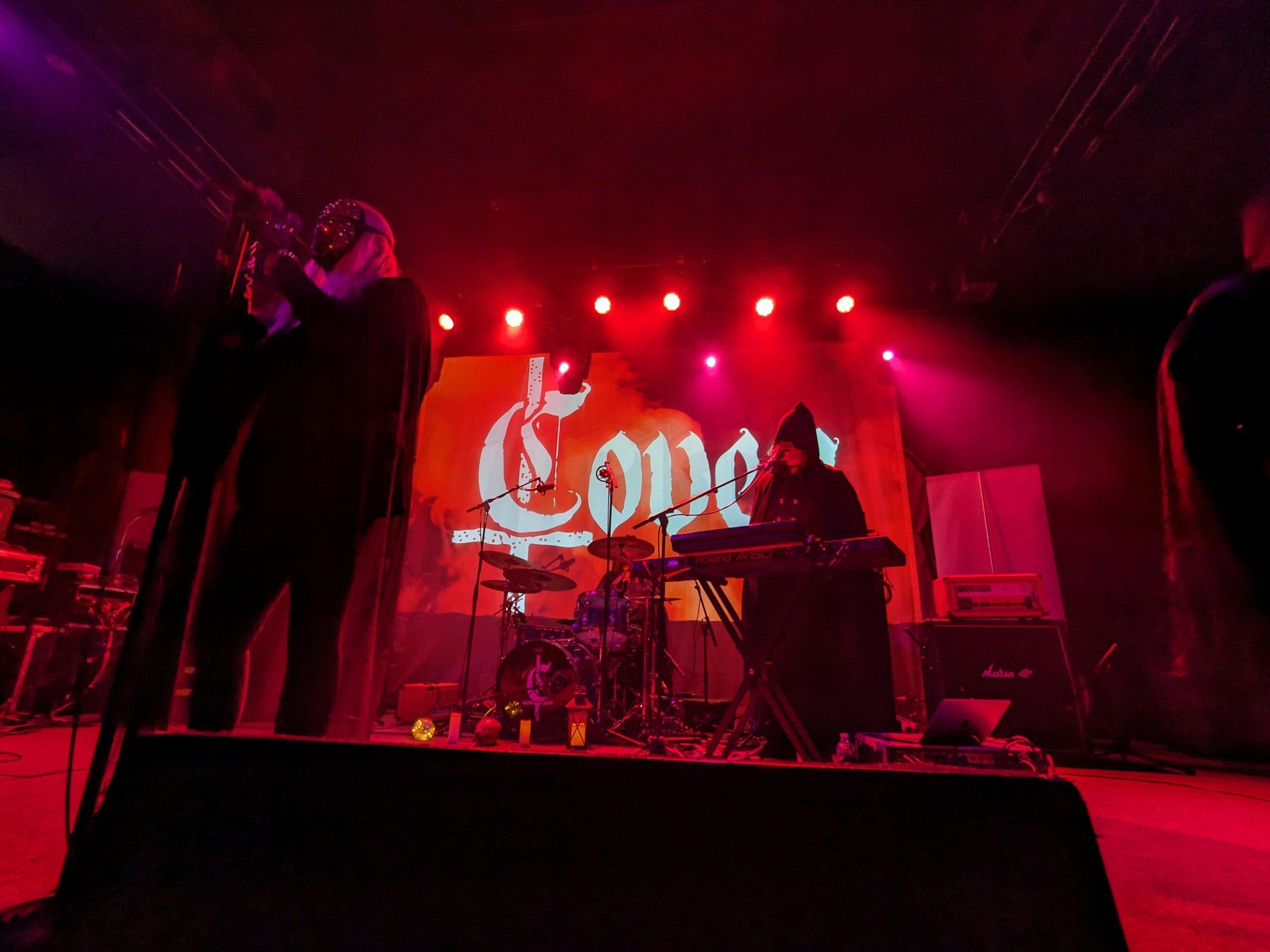
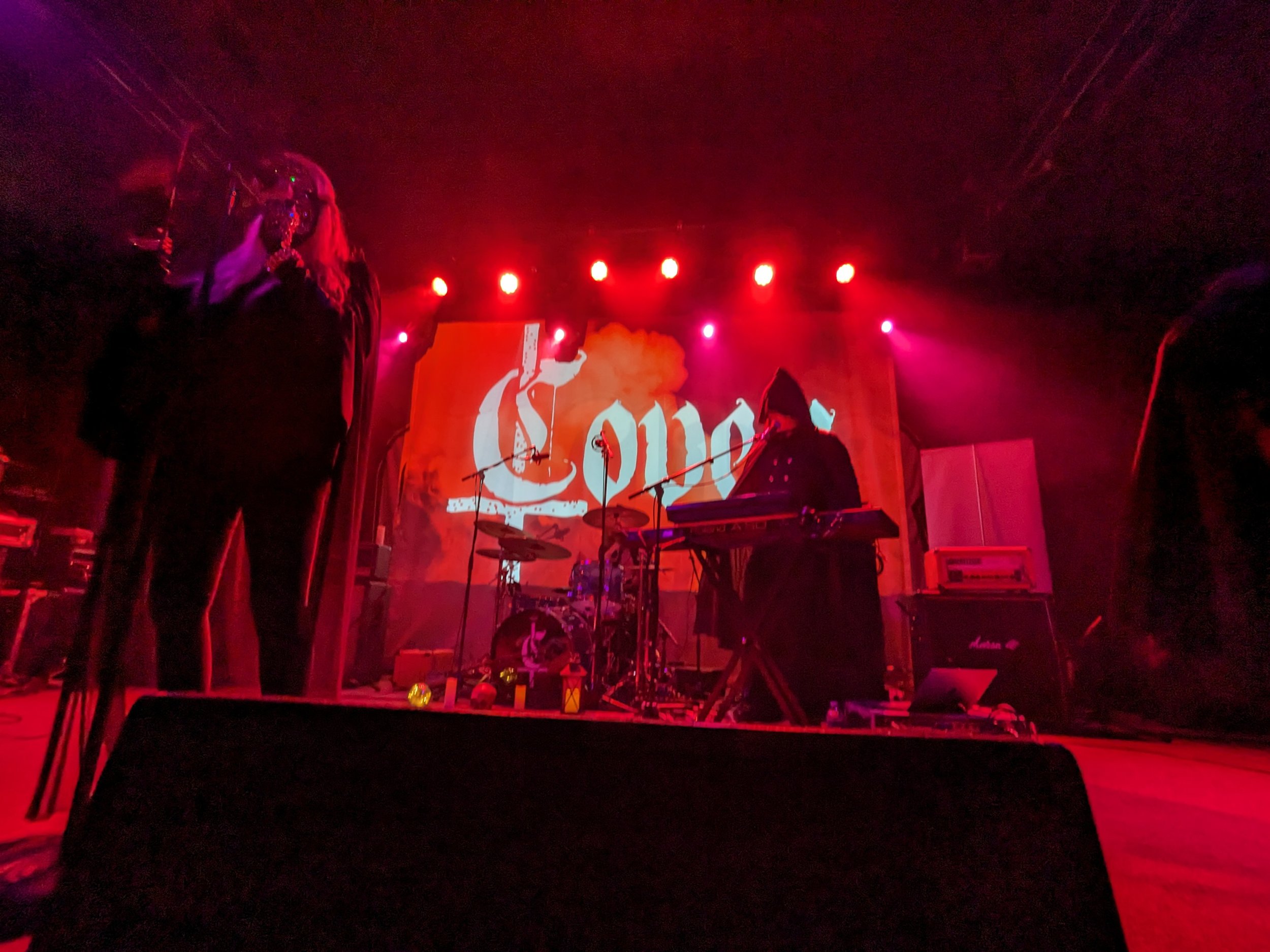
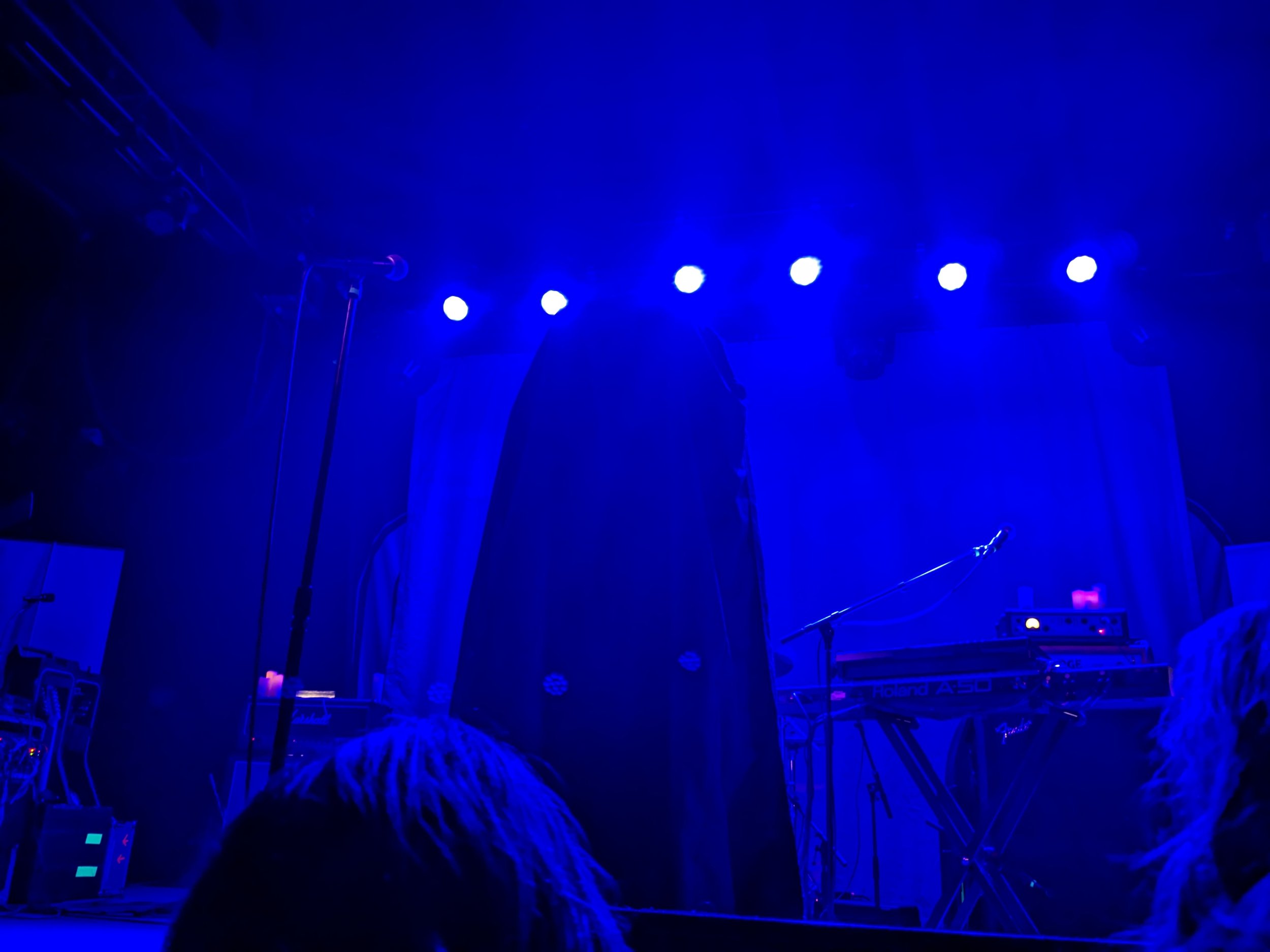
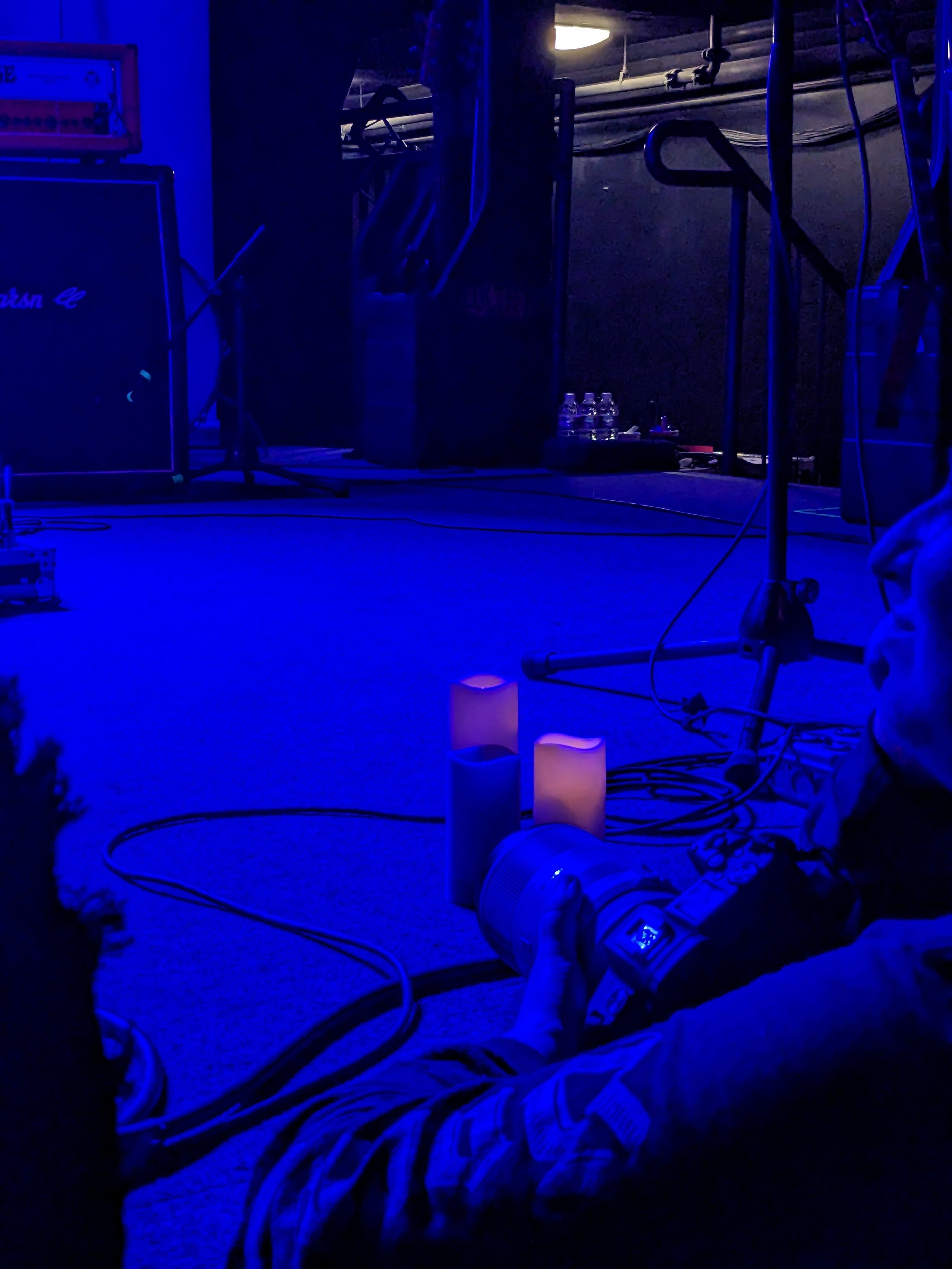

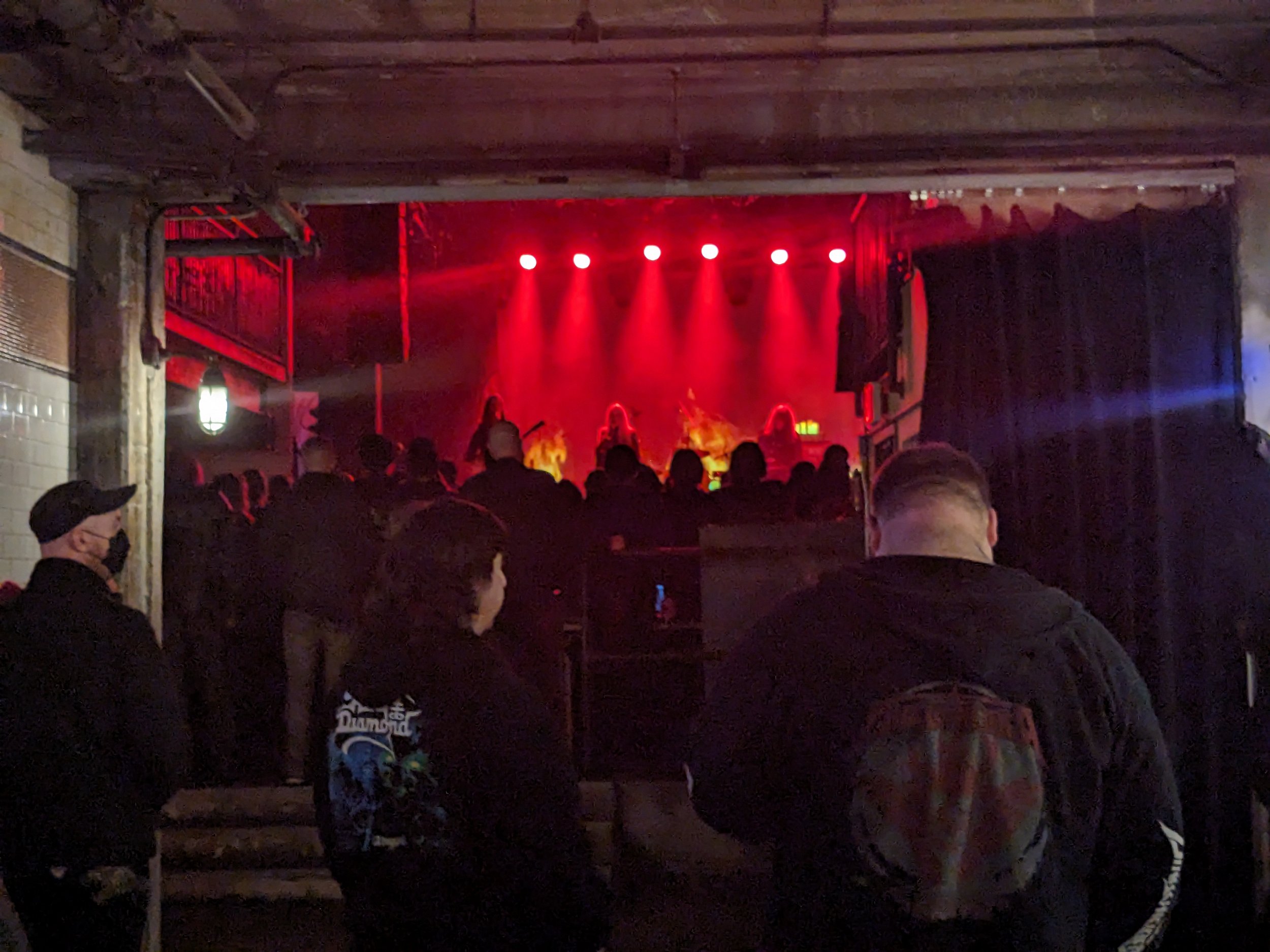

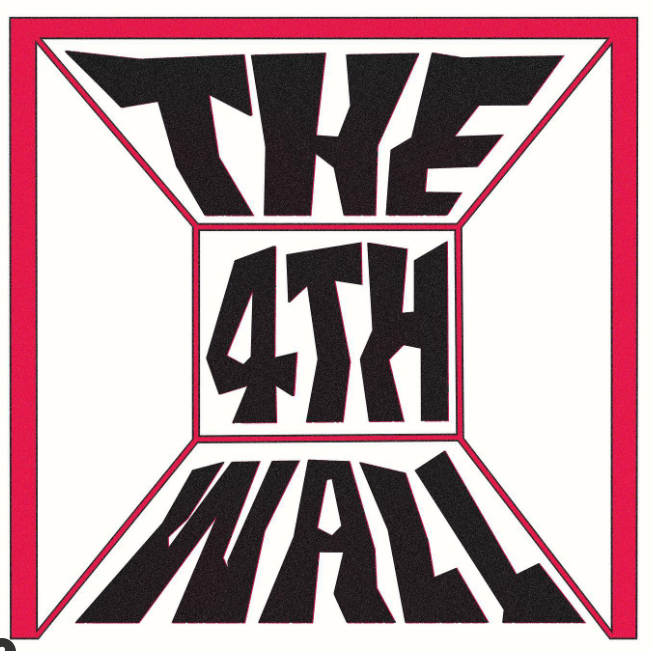






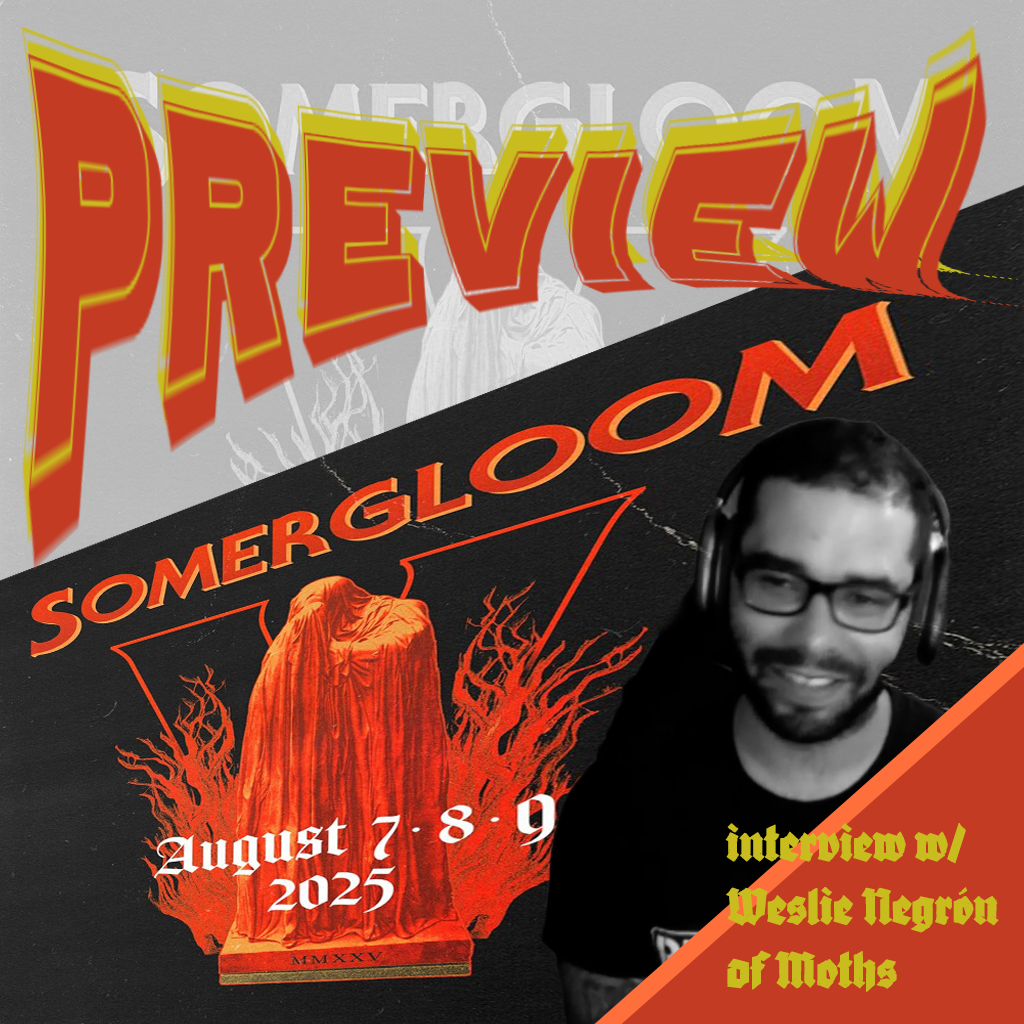


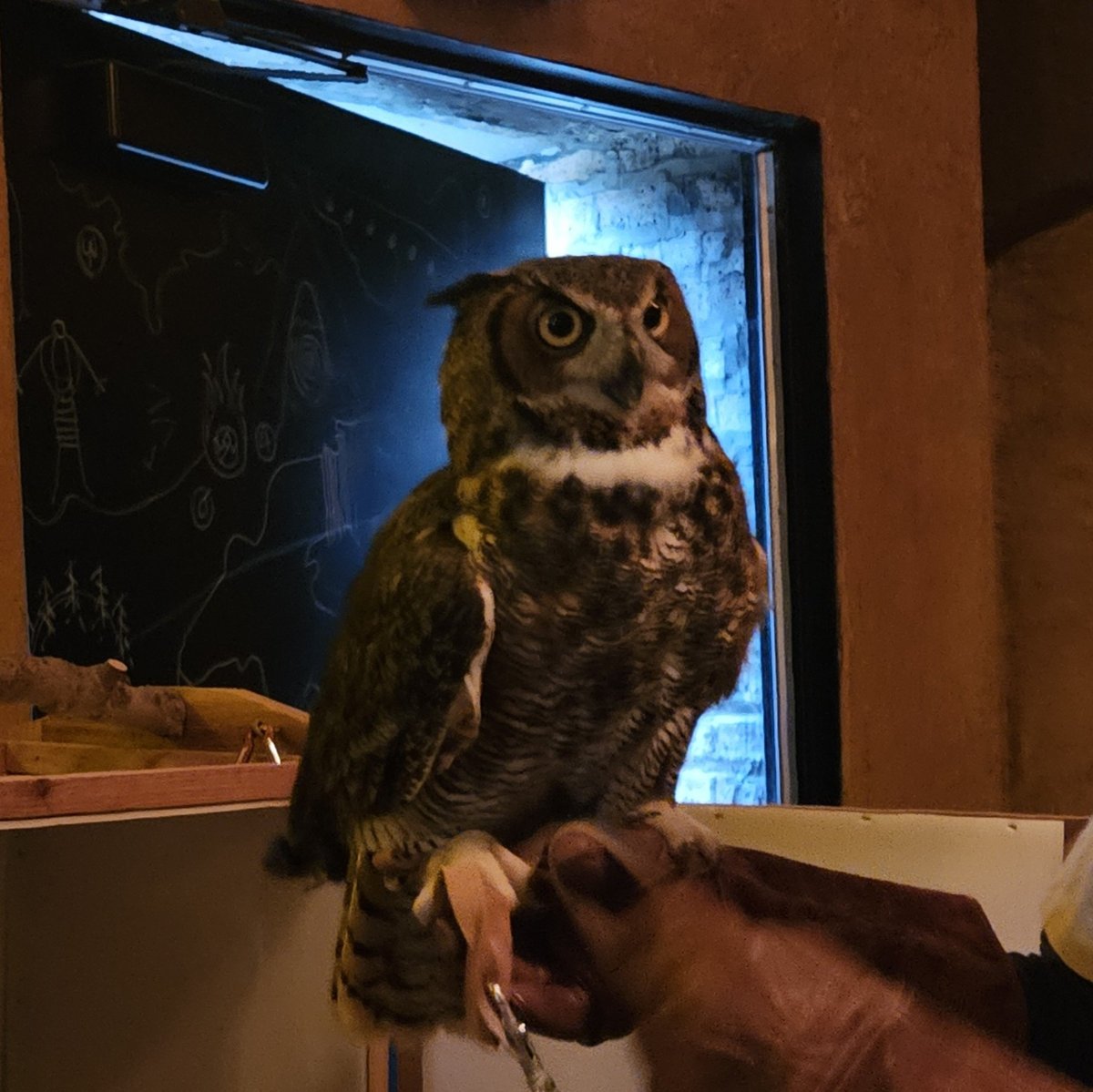
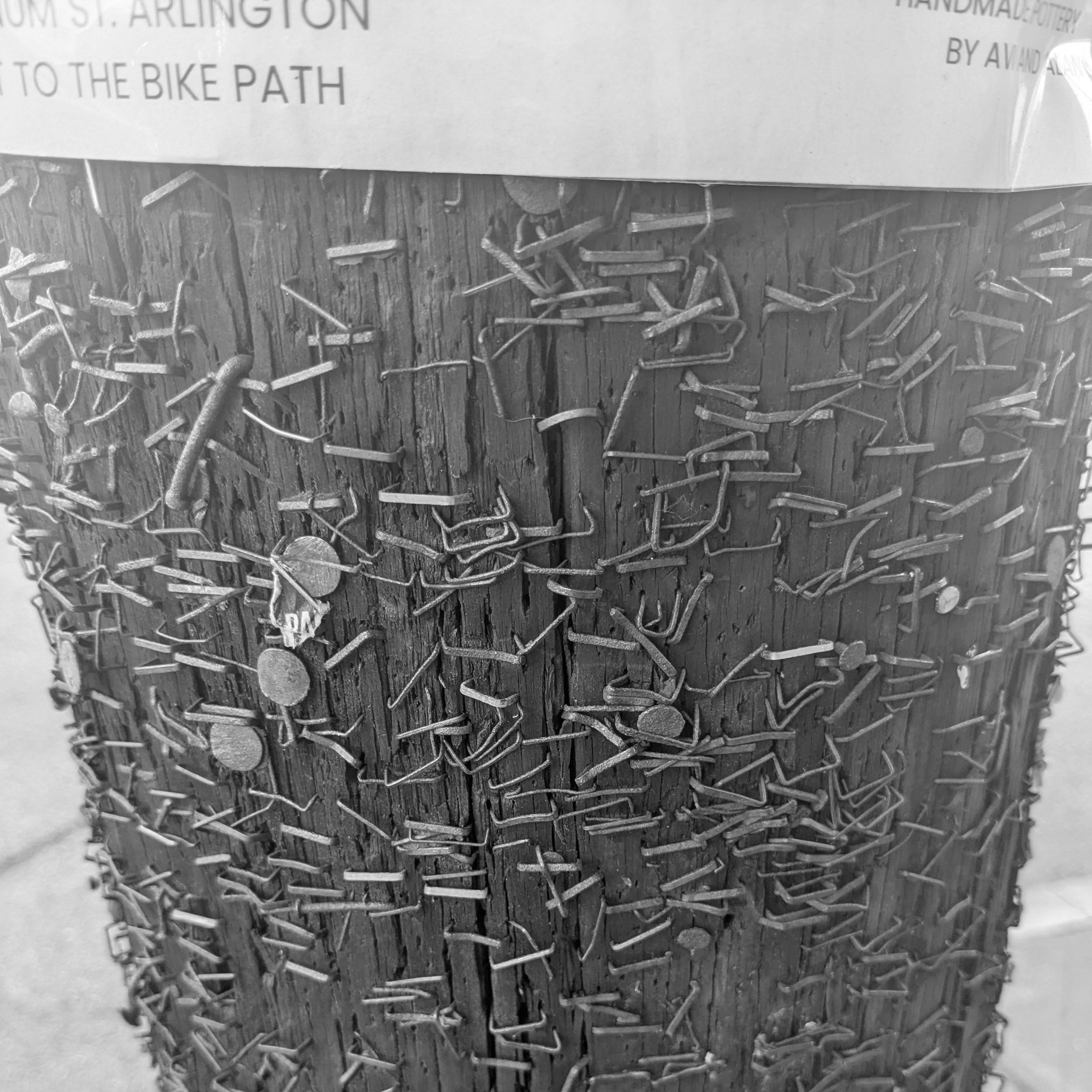
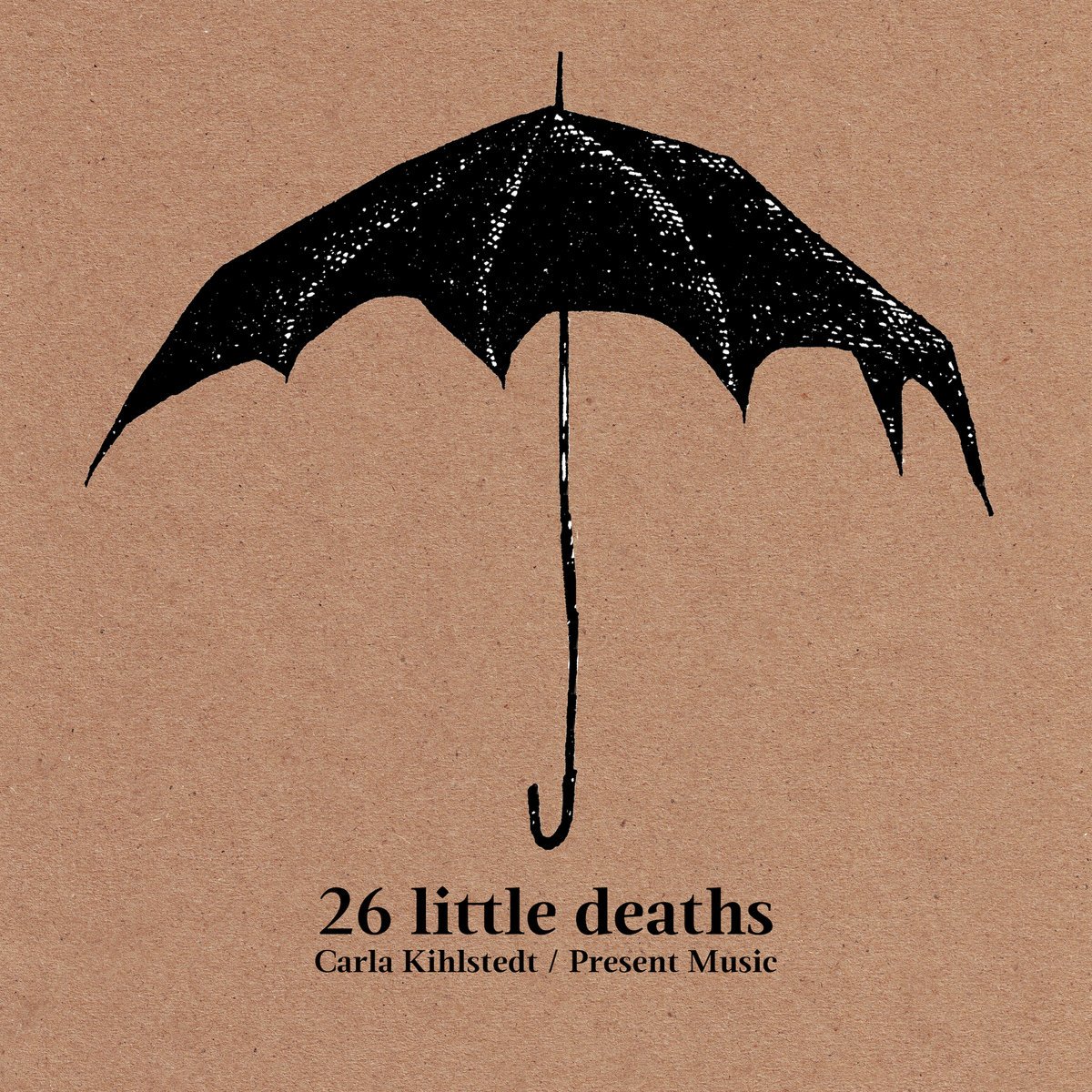
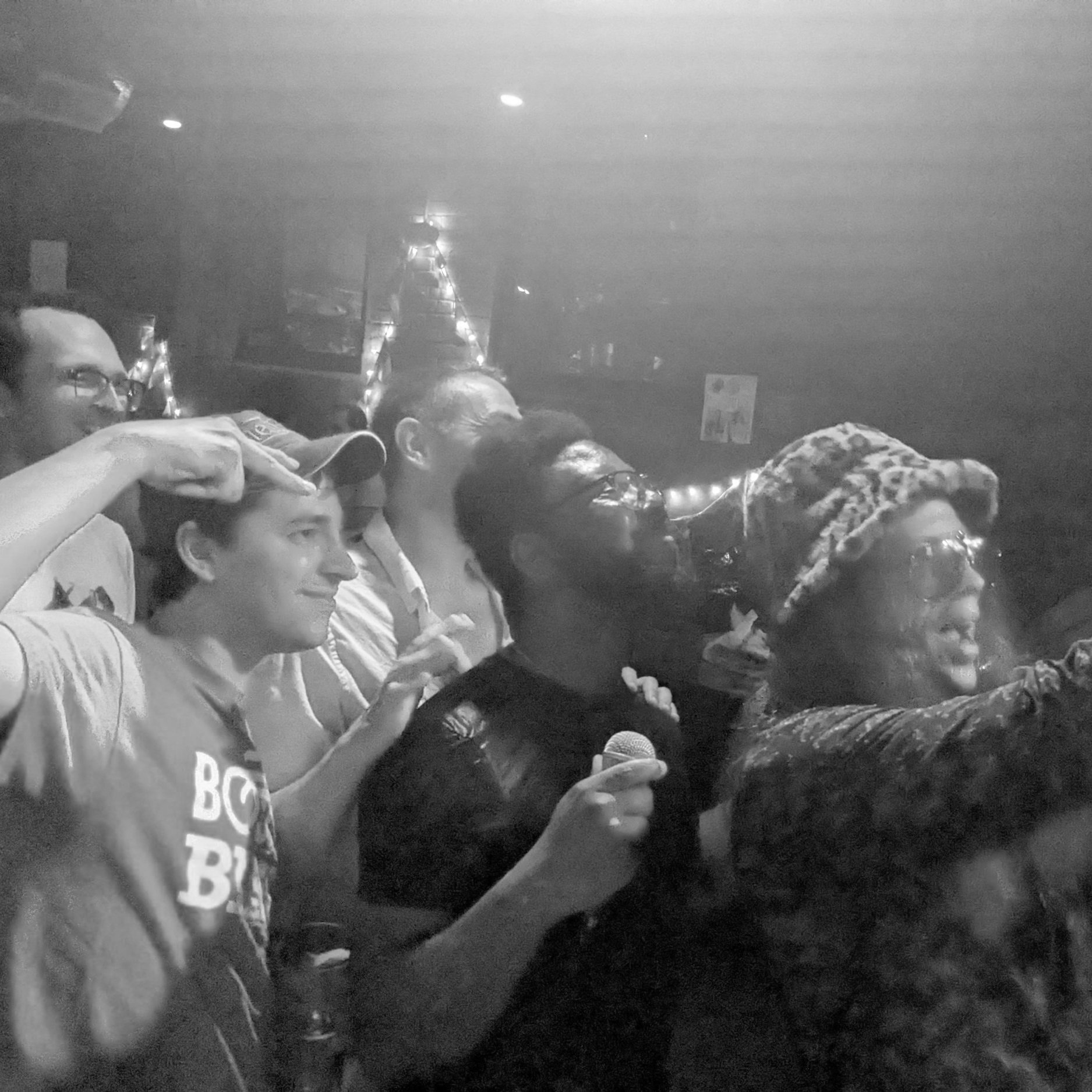
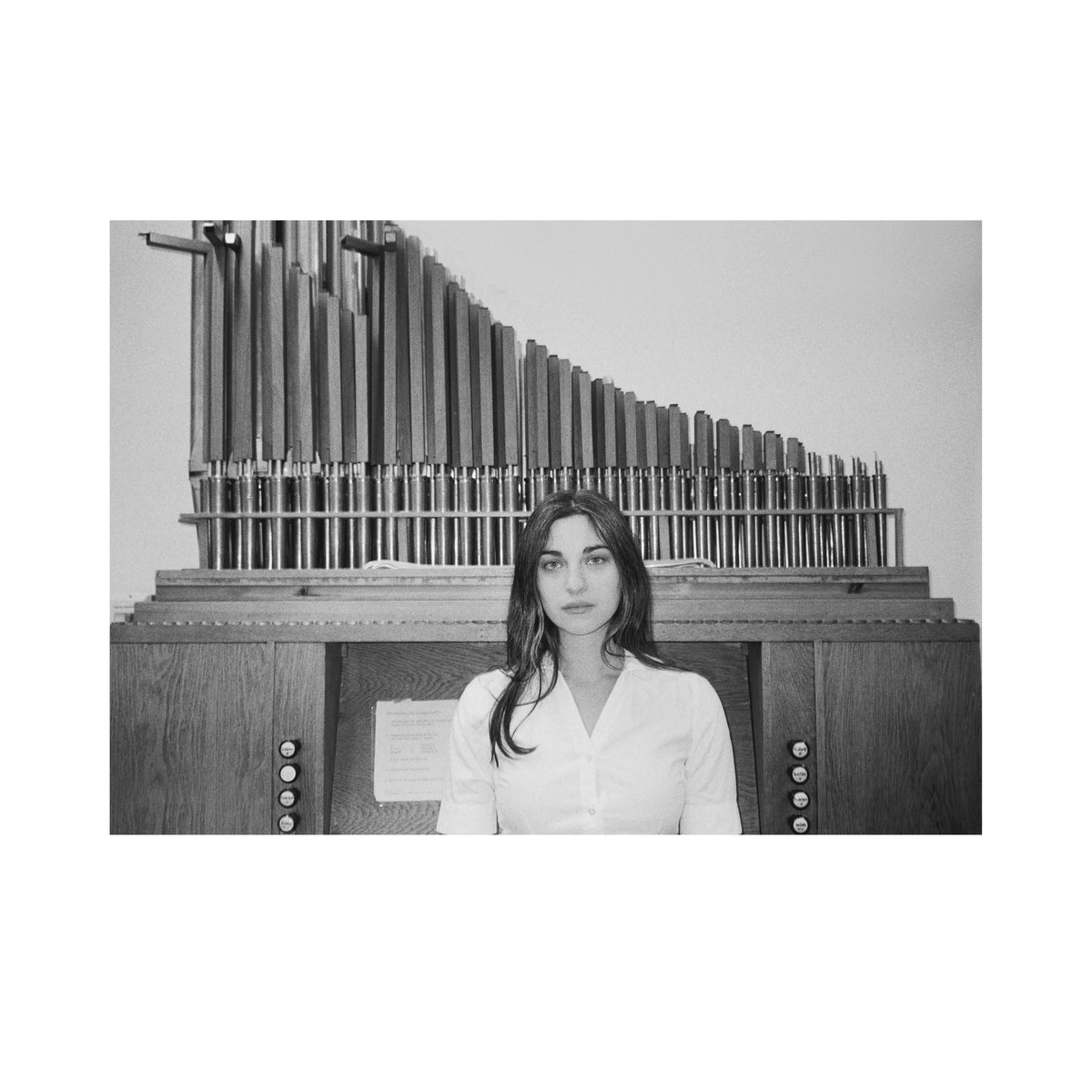

























An unusual Bandcamp offering from a big name band.